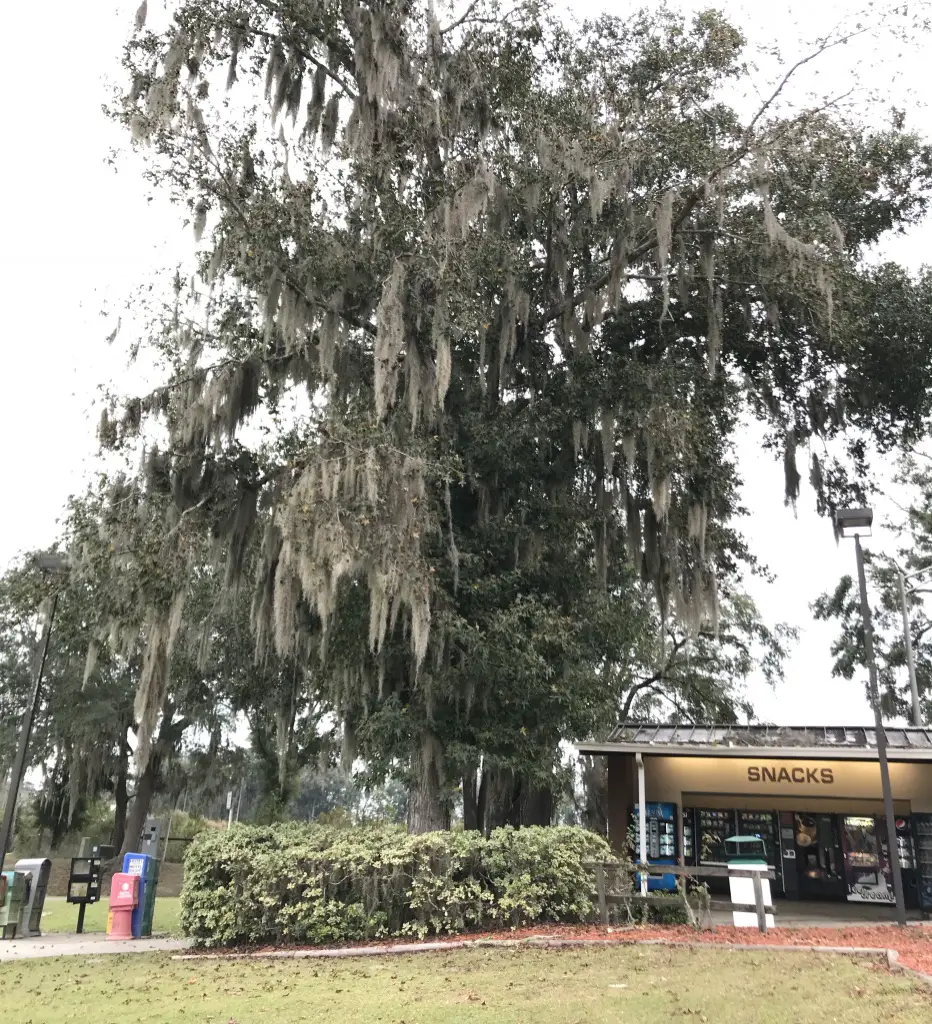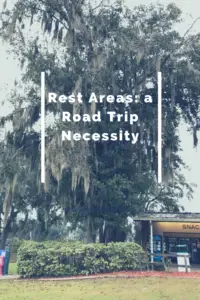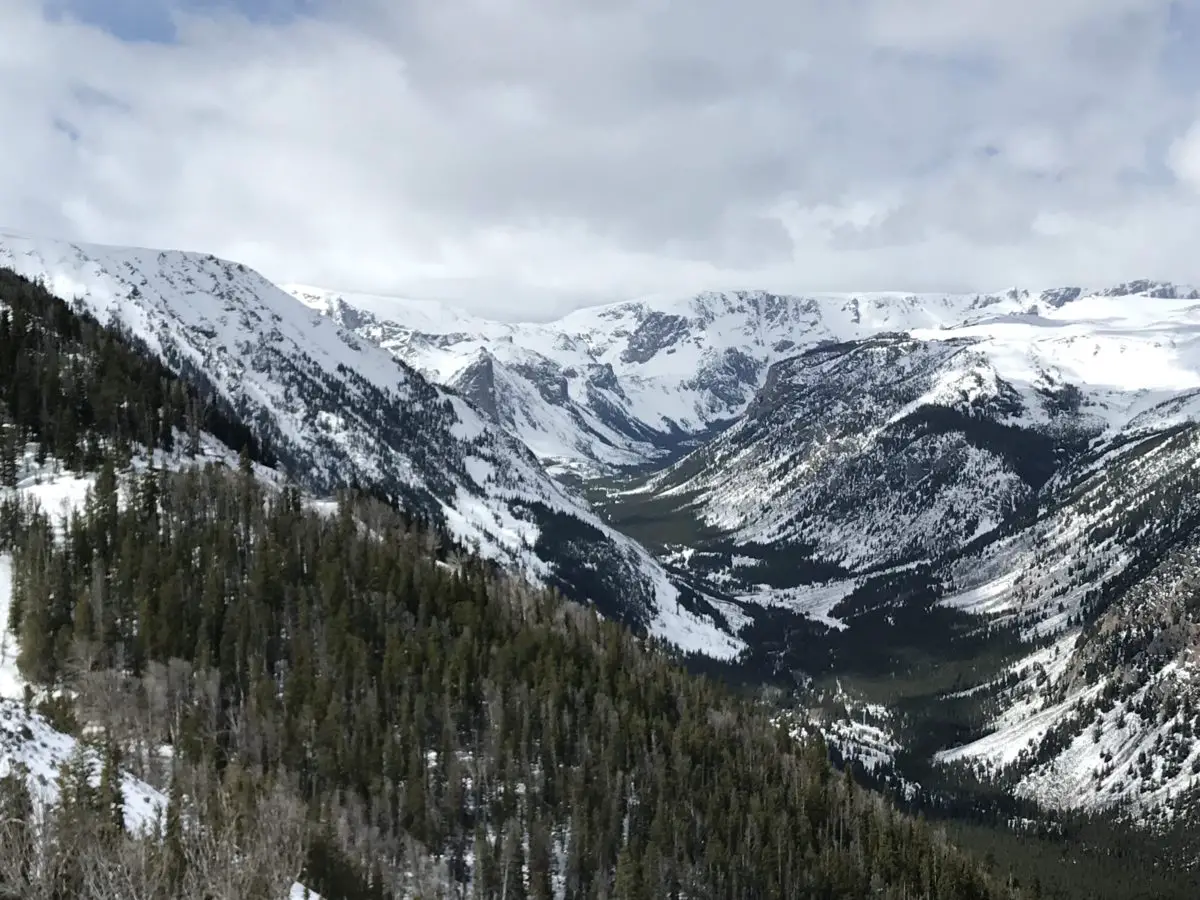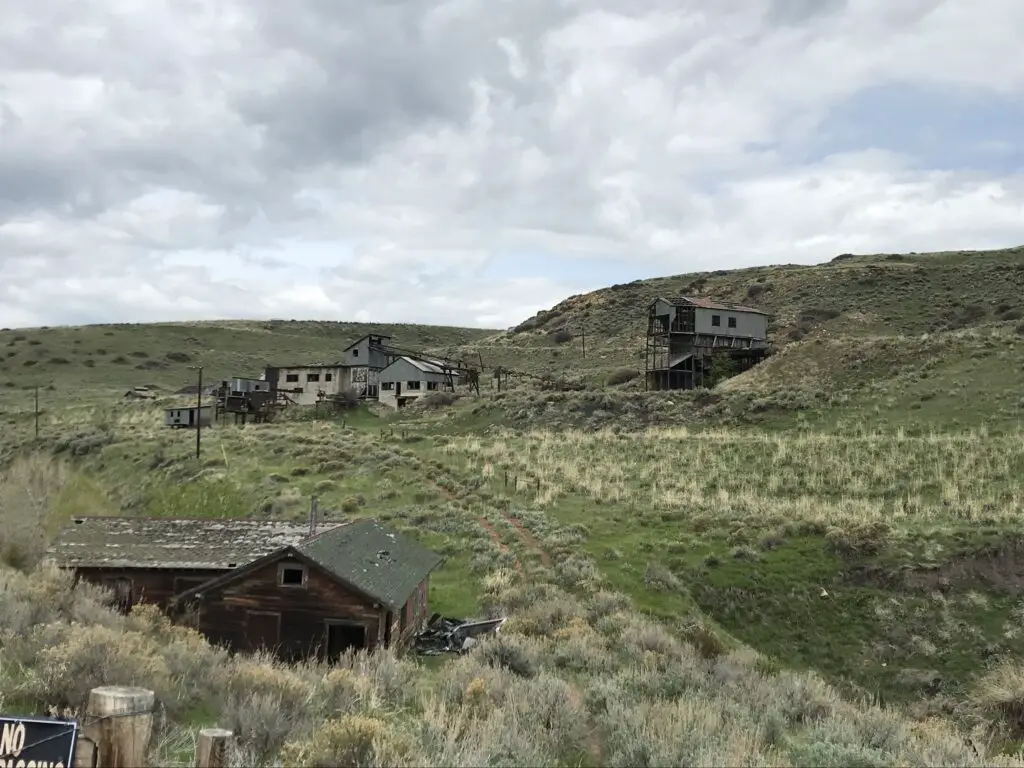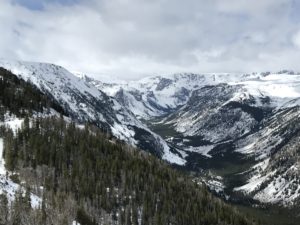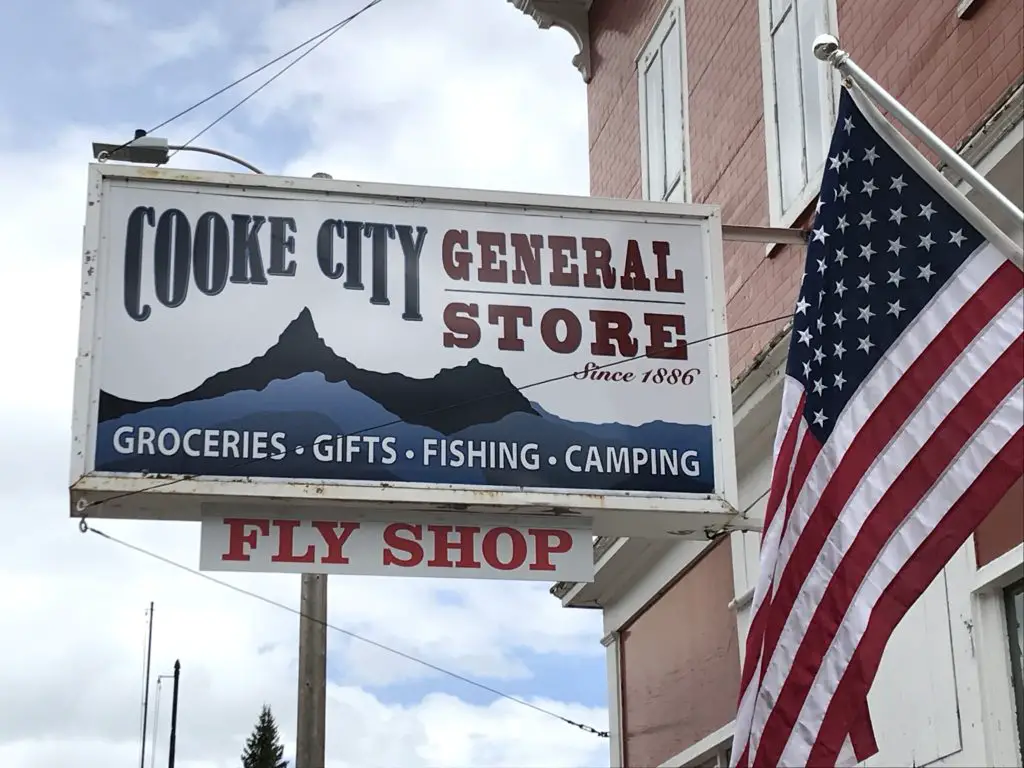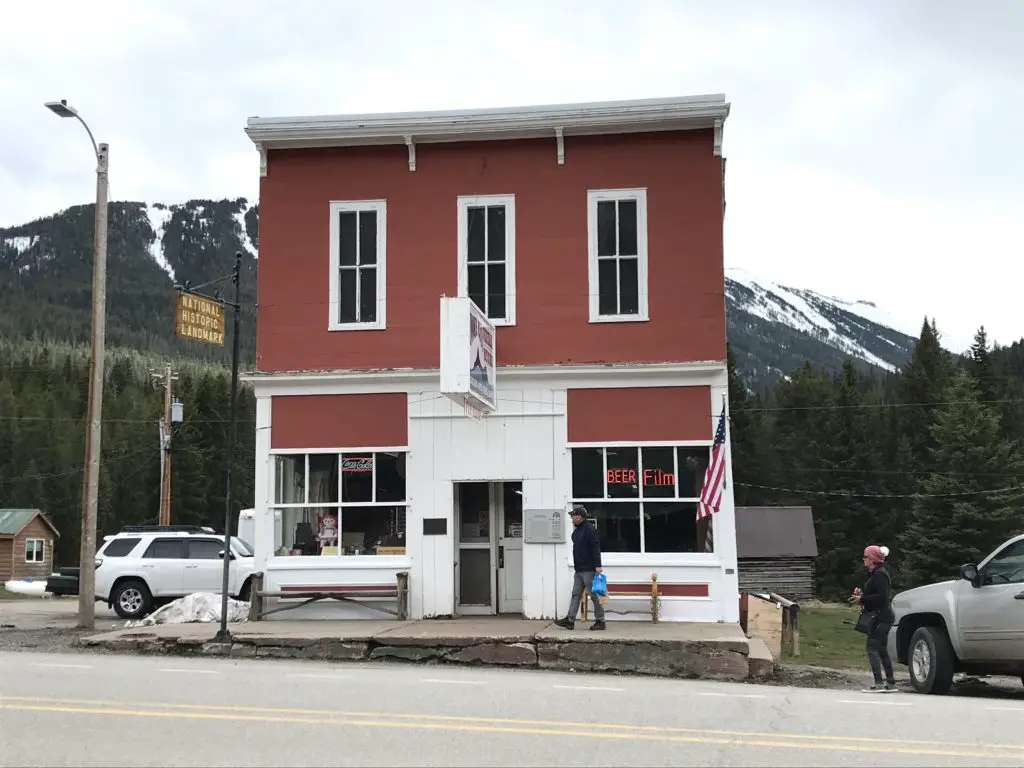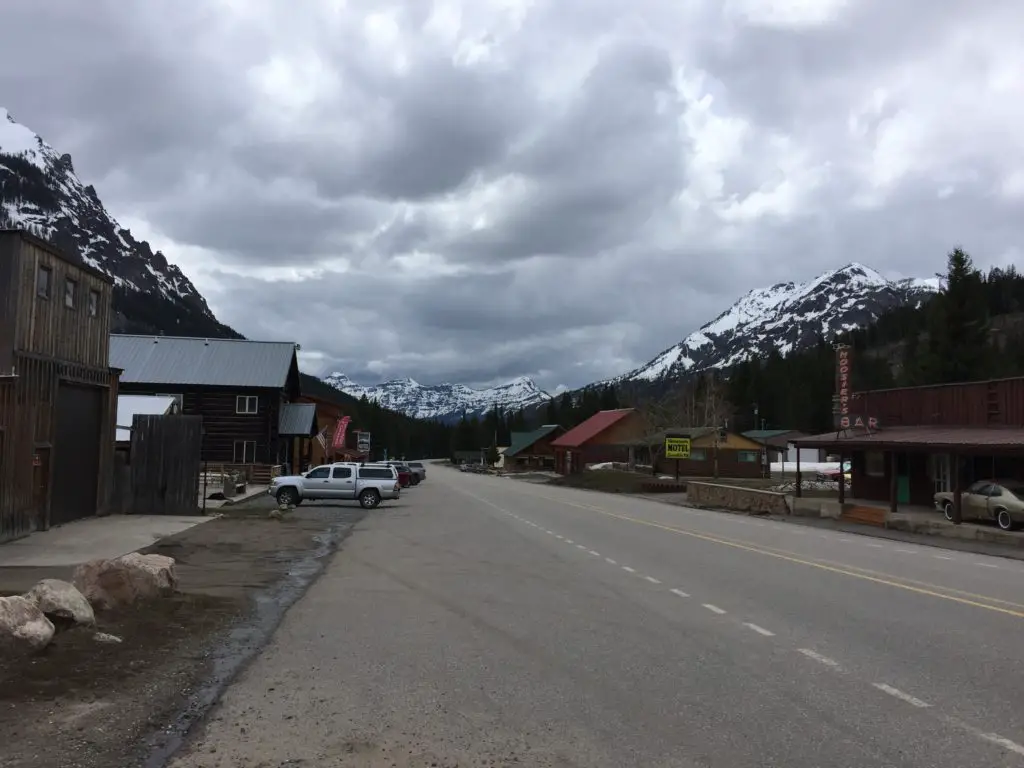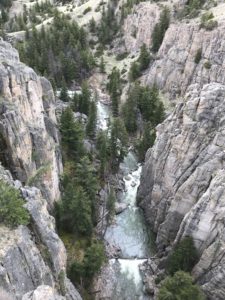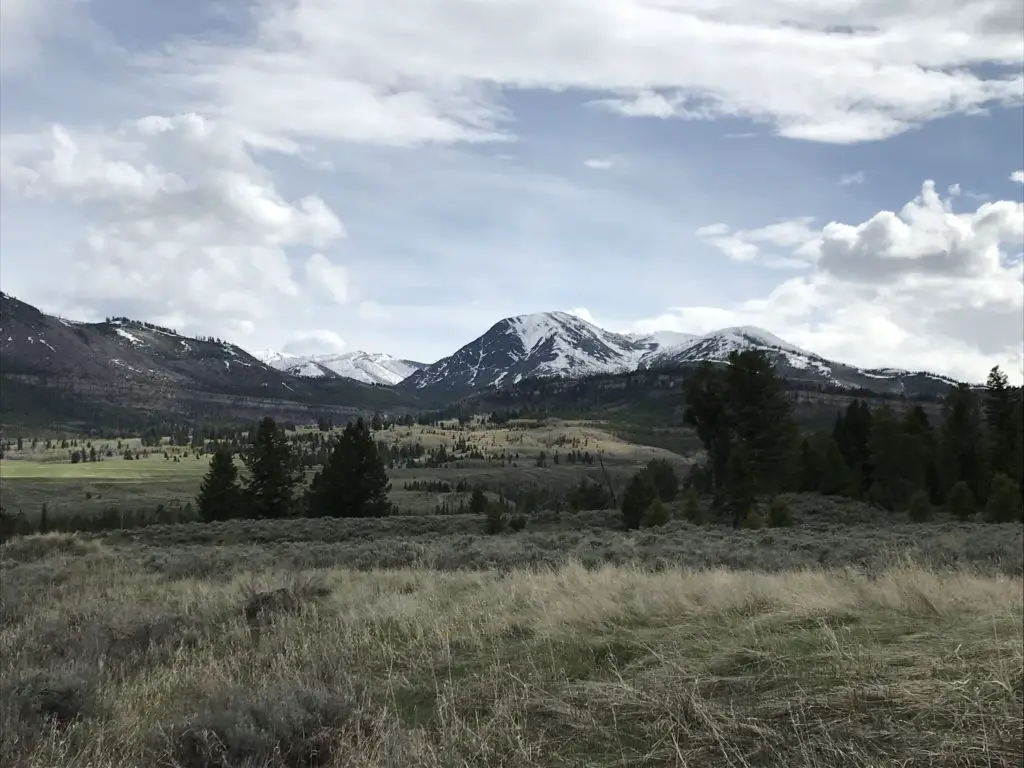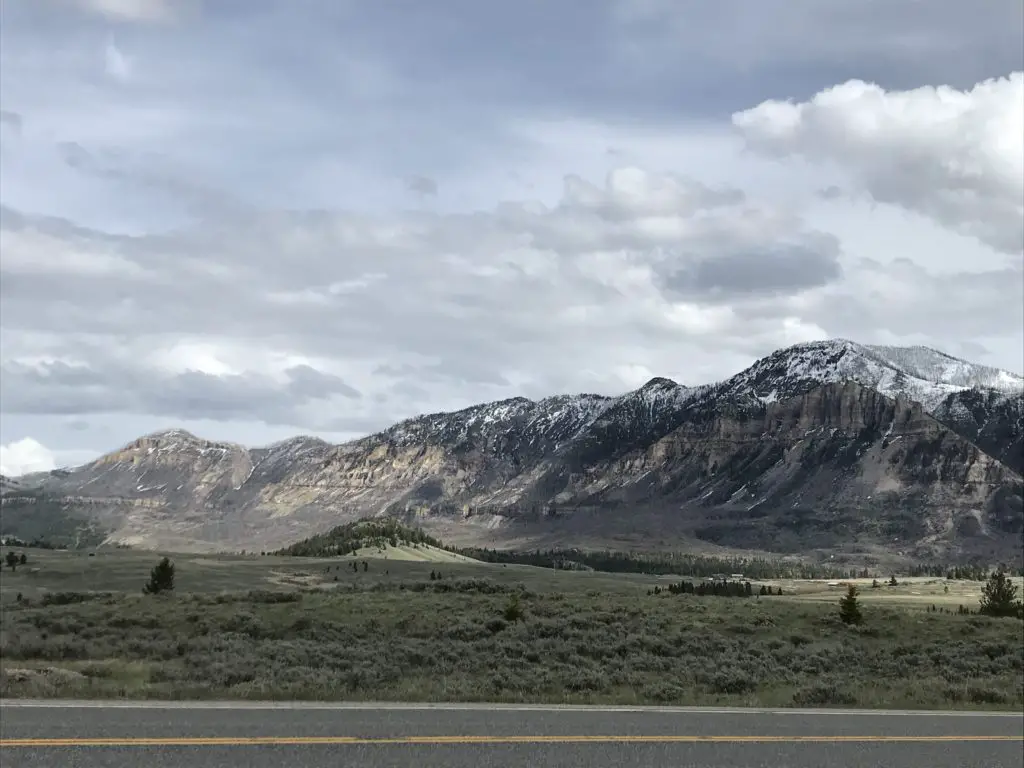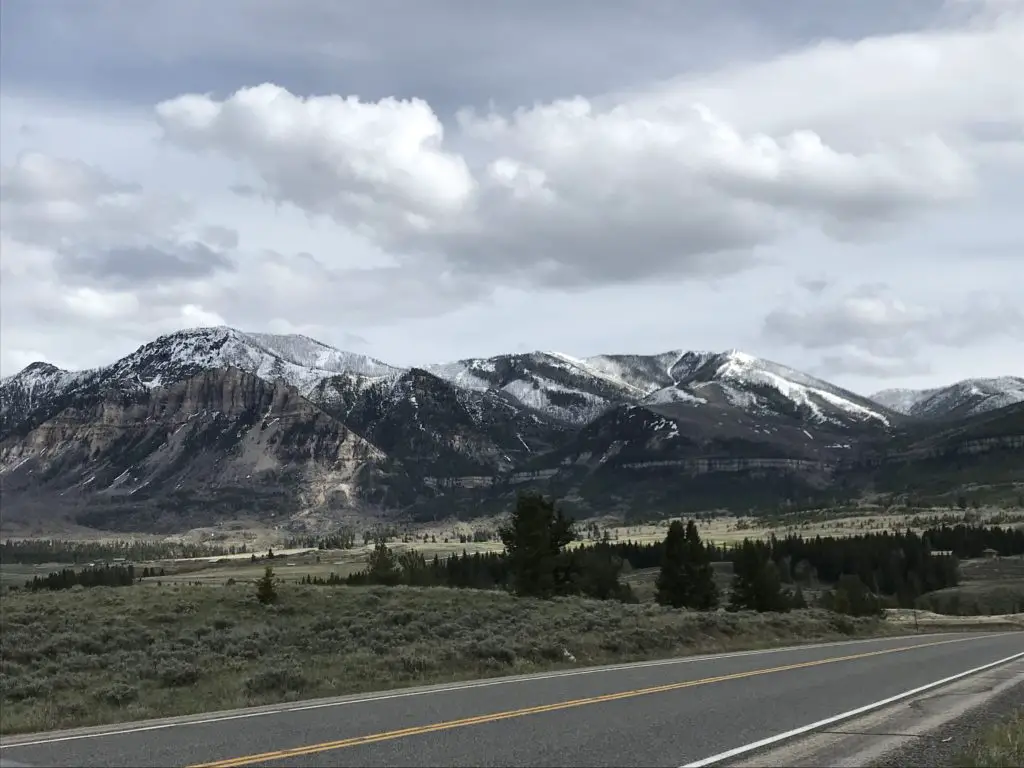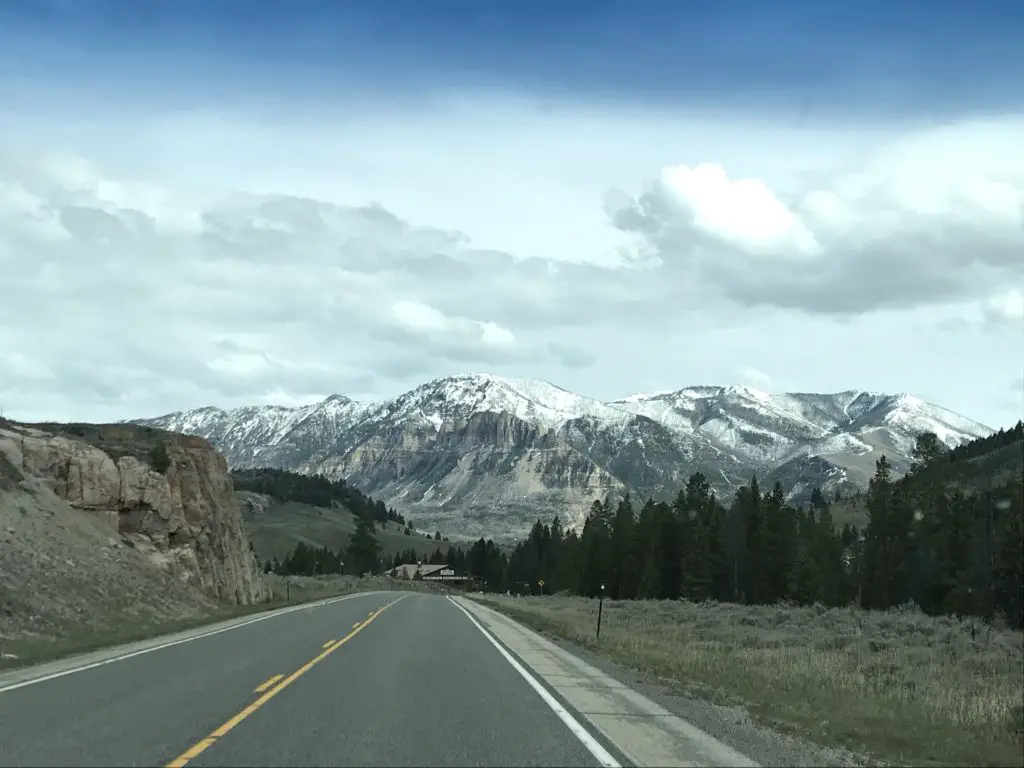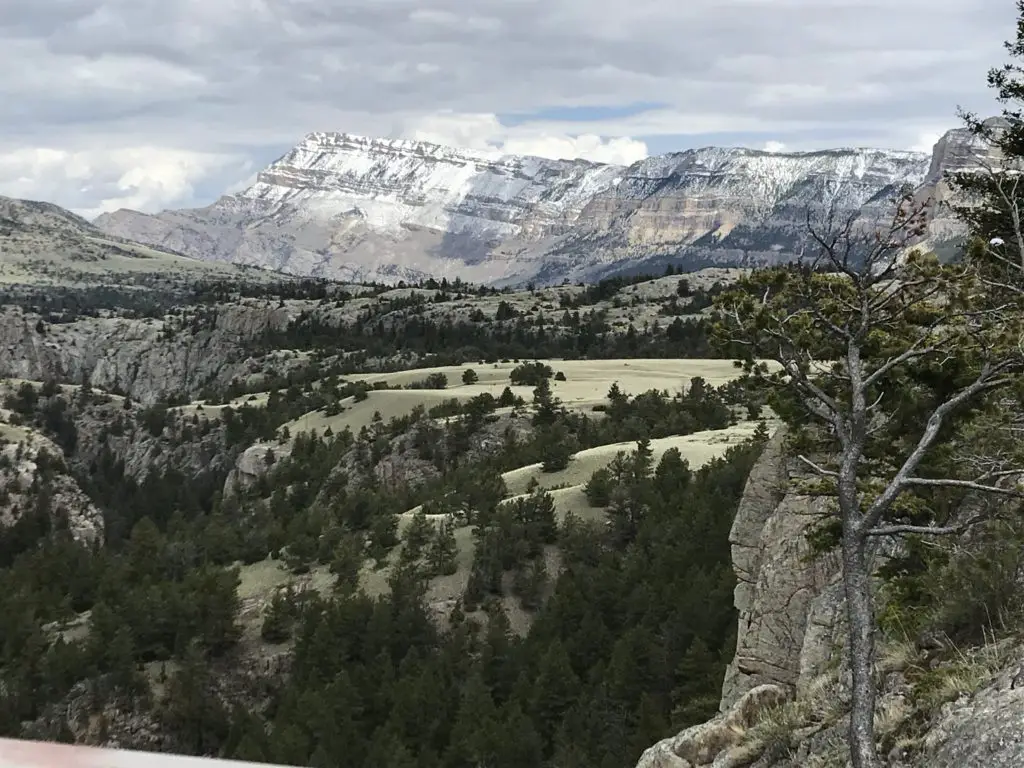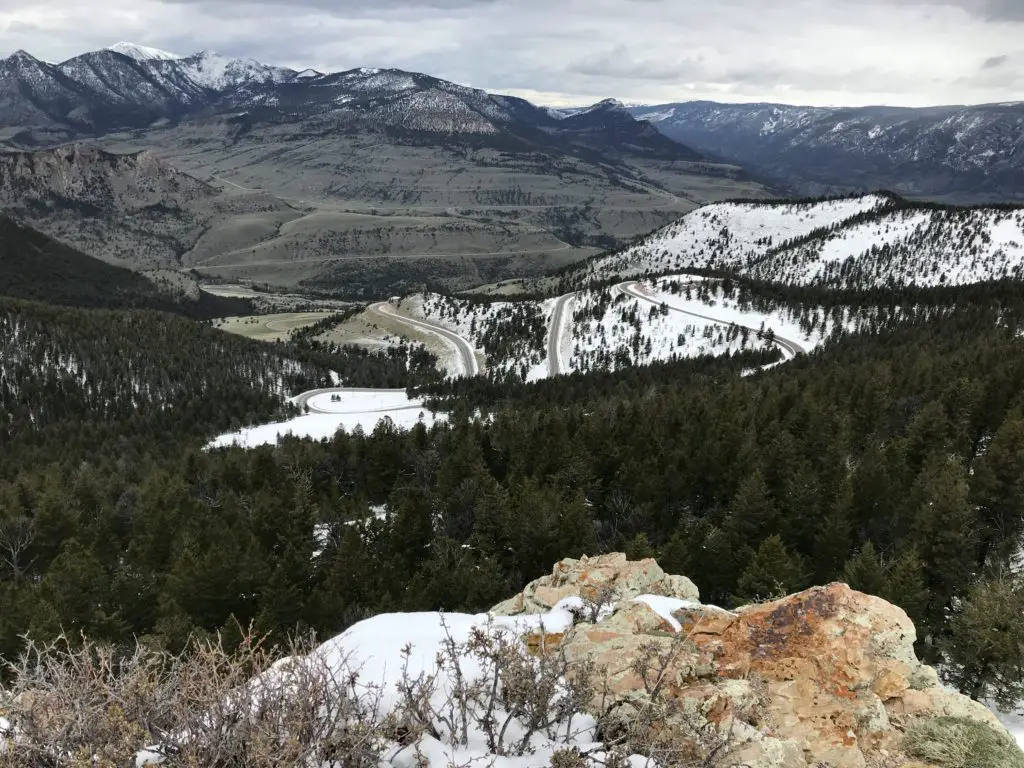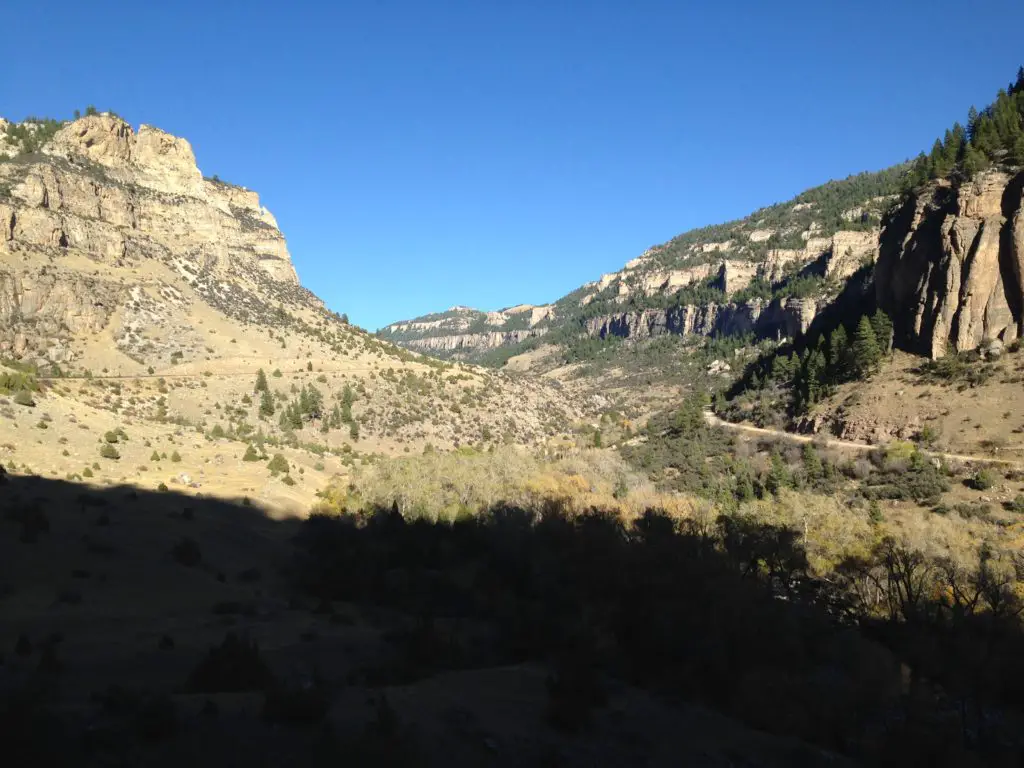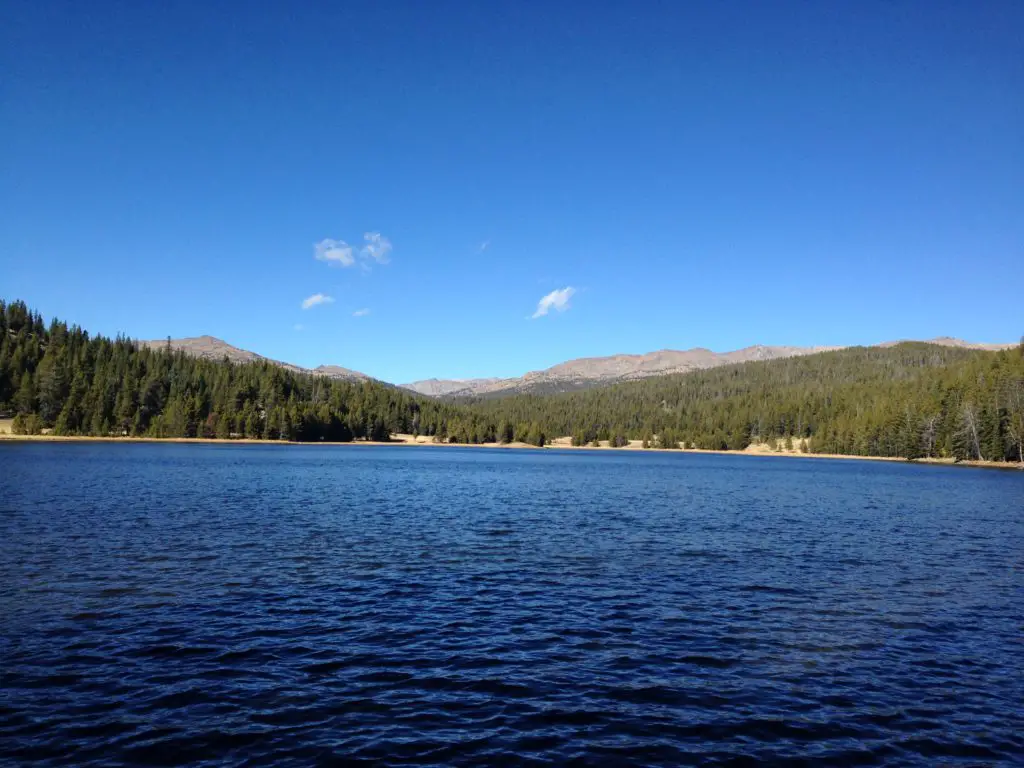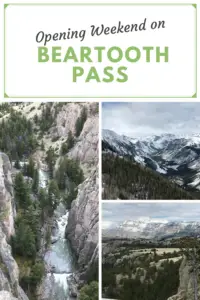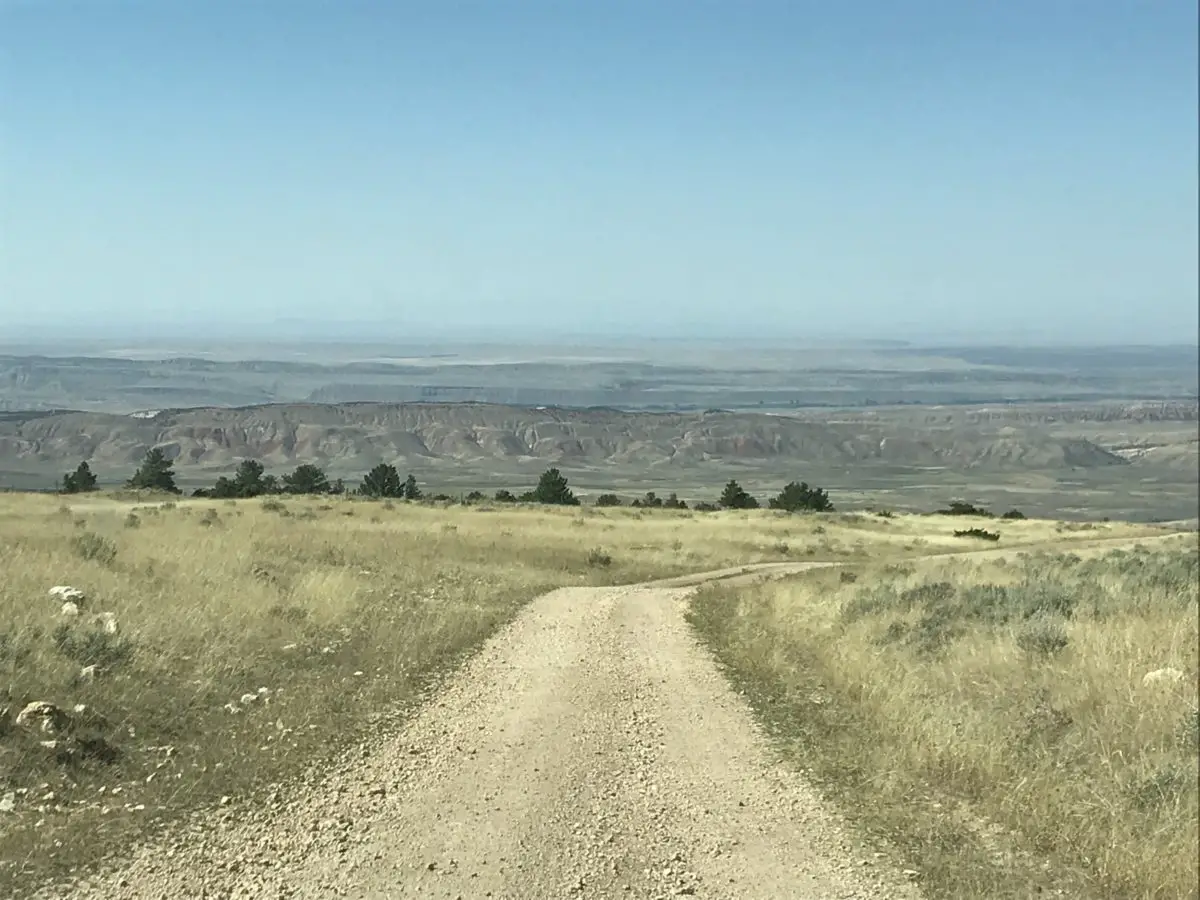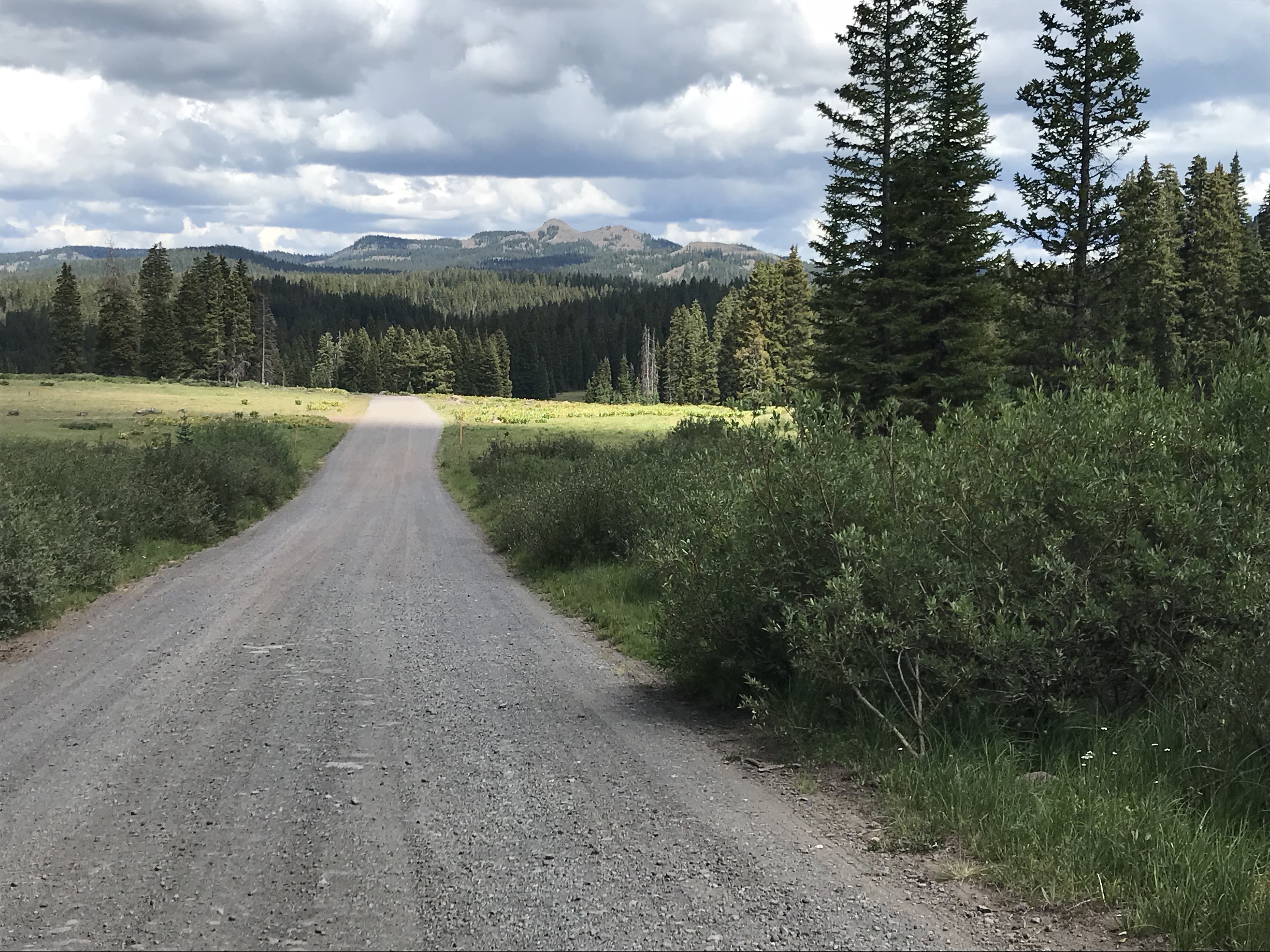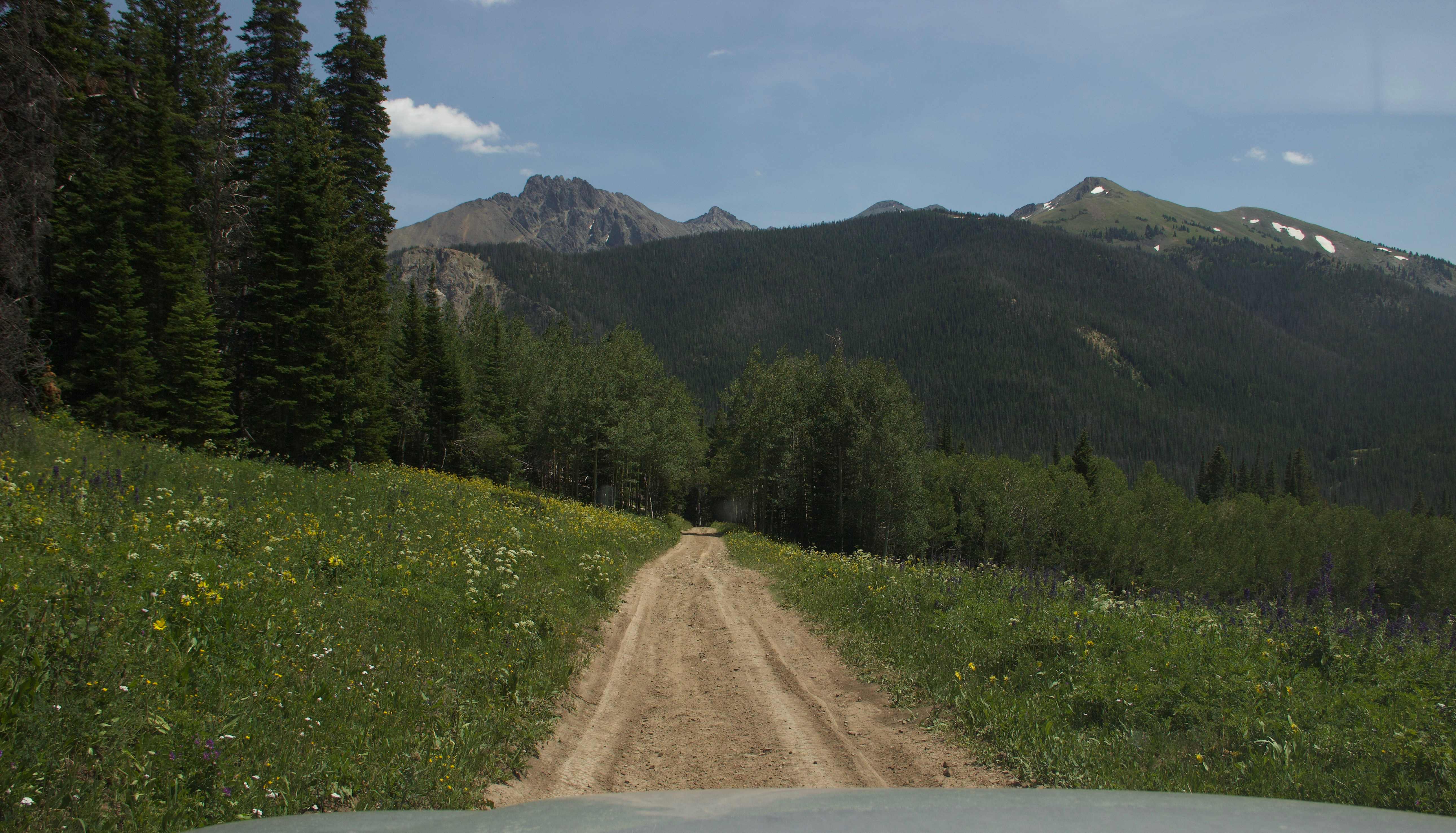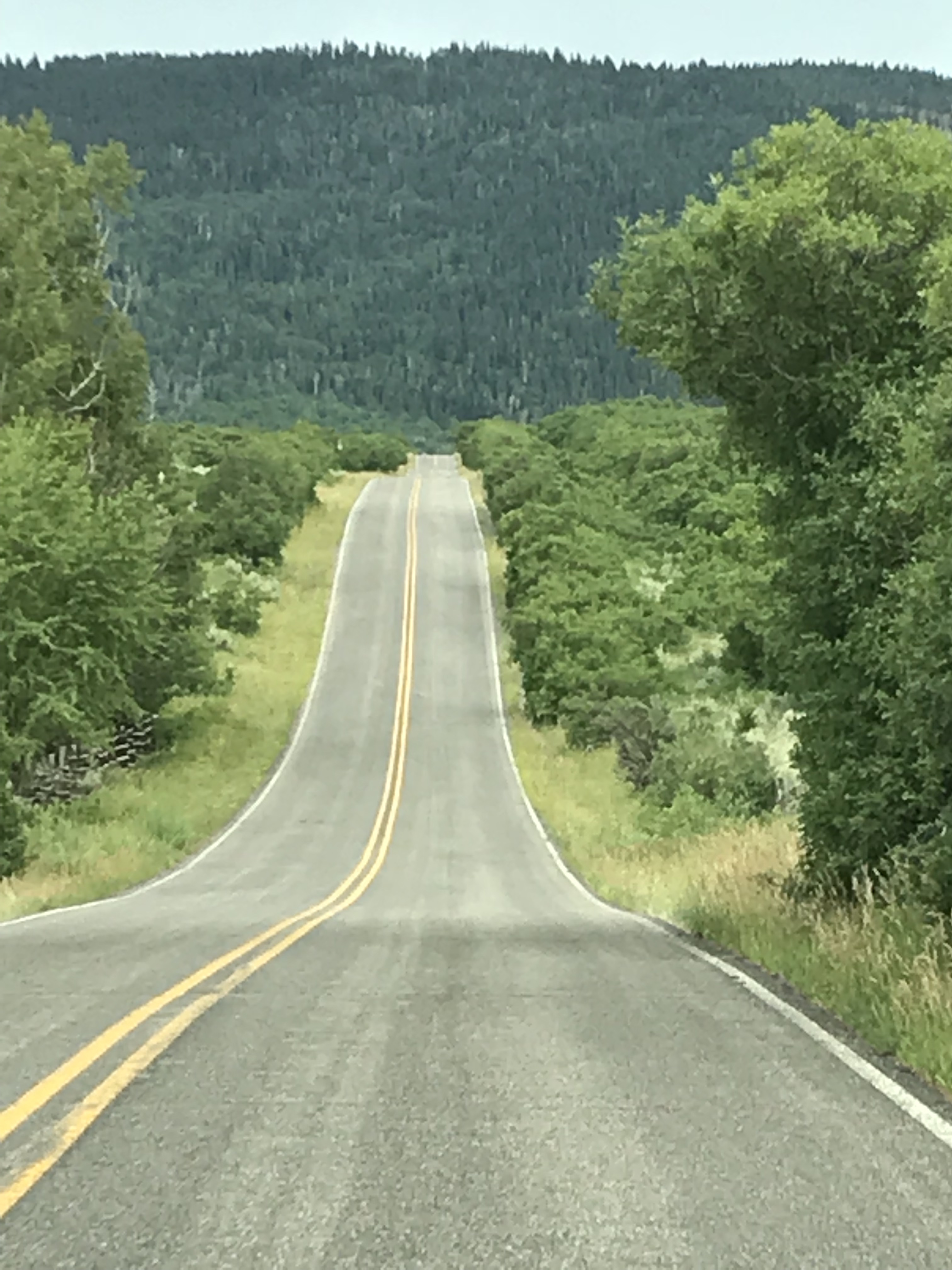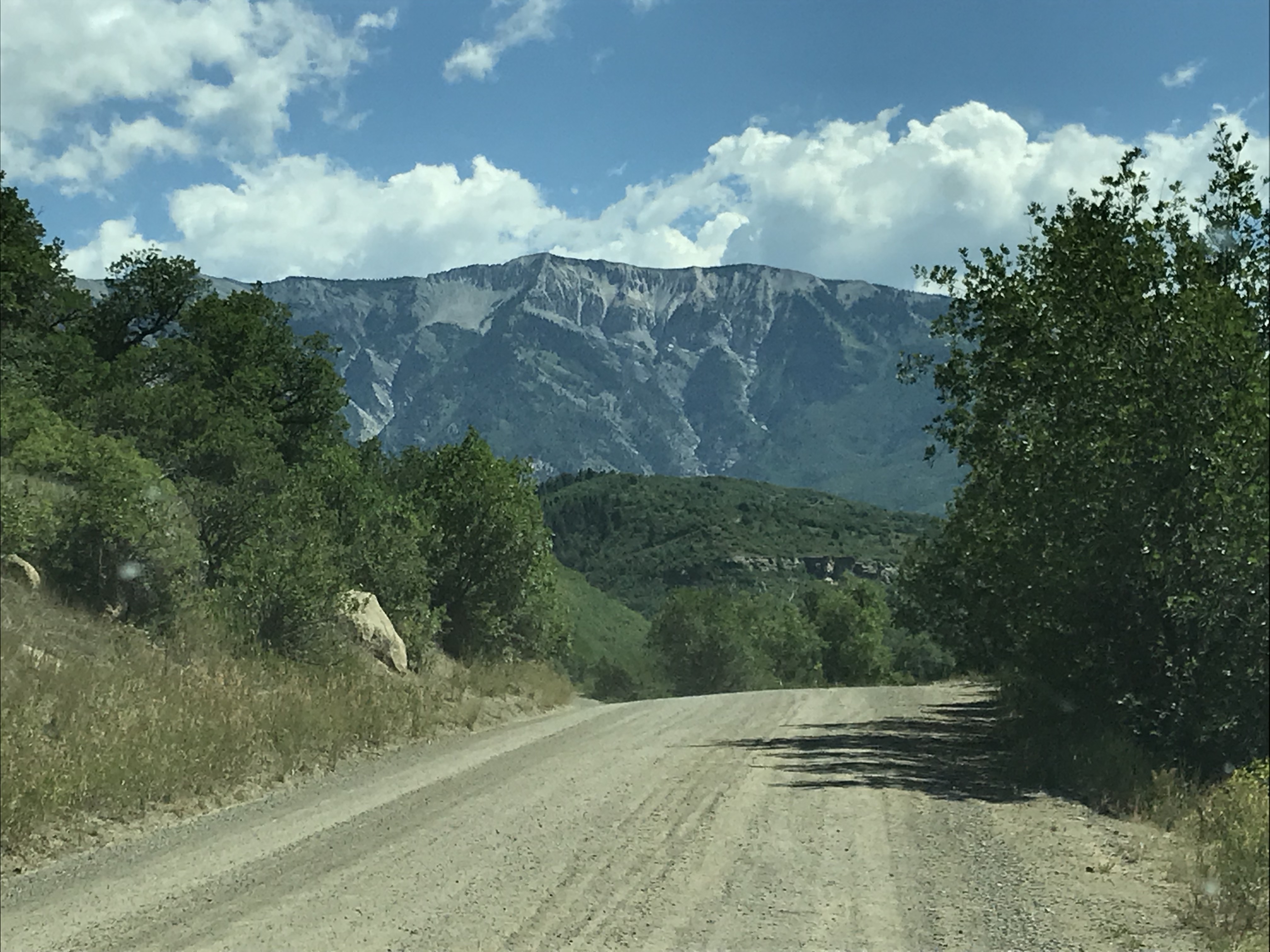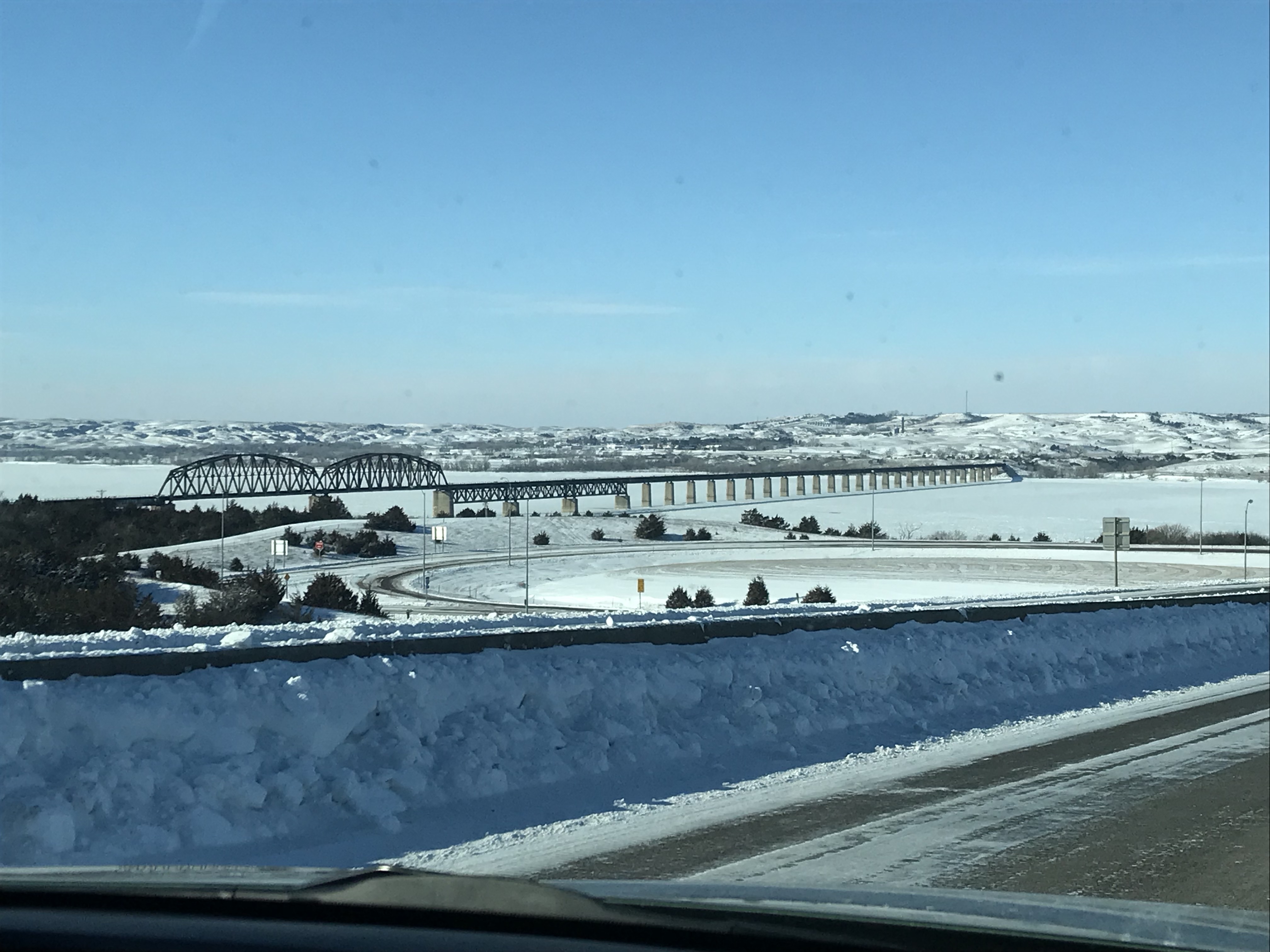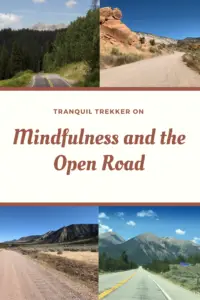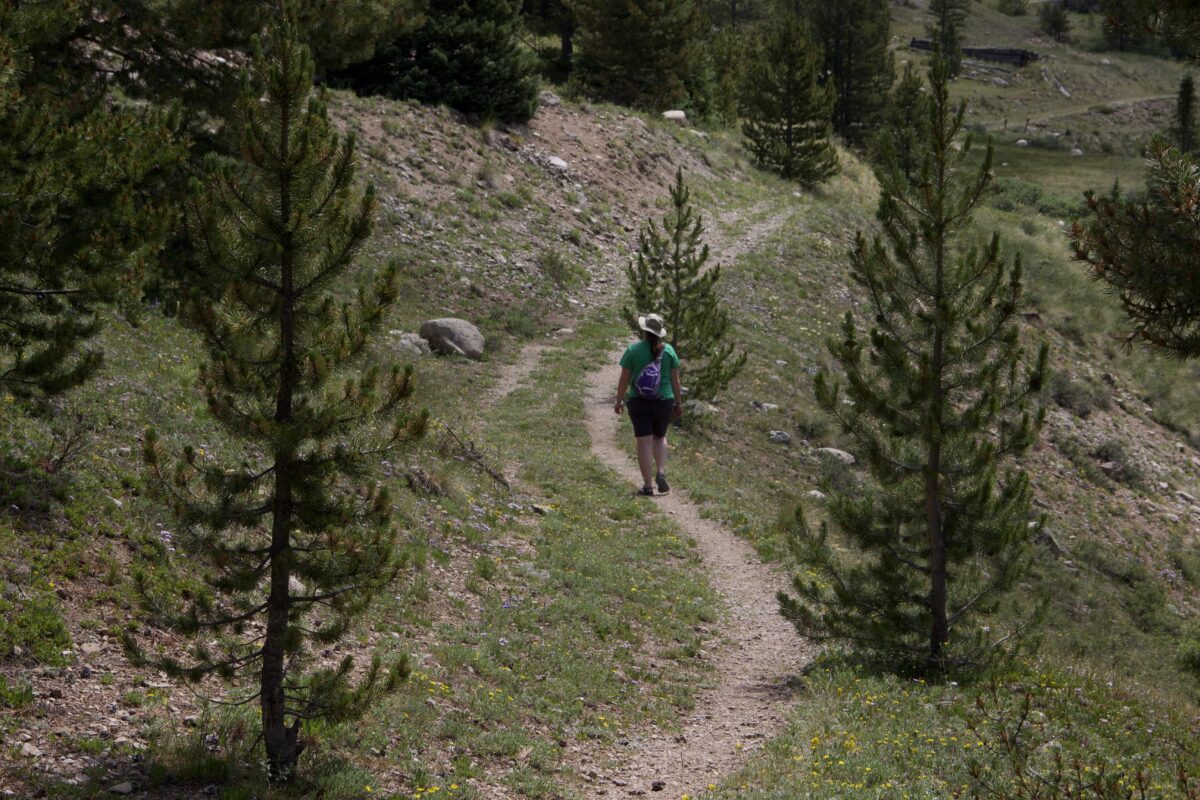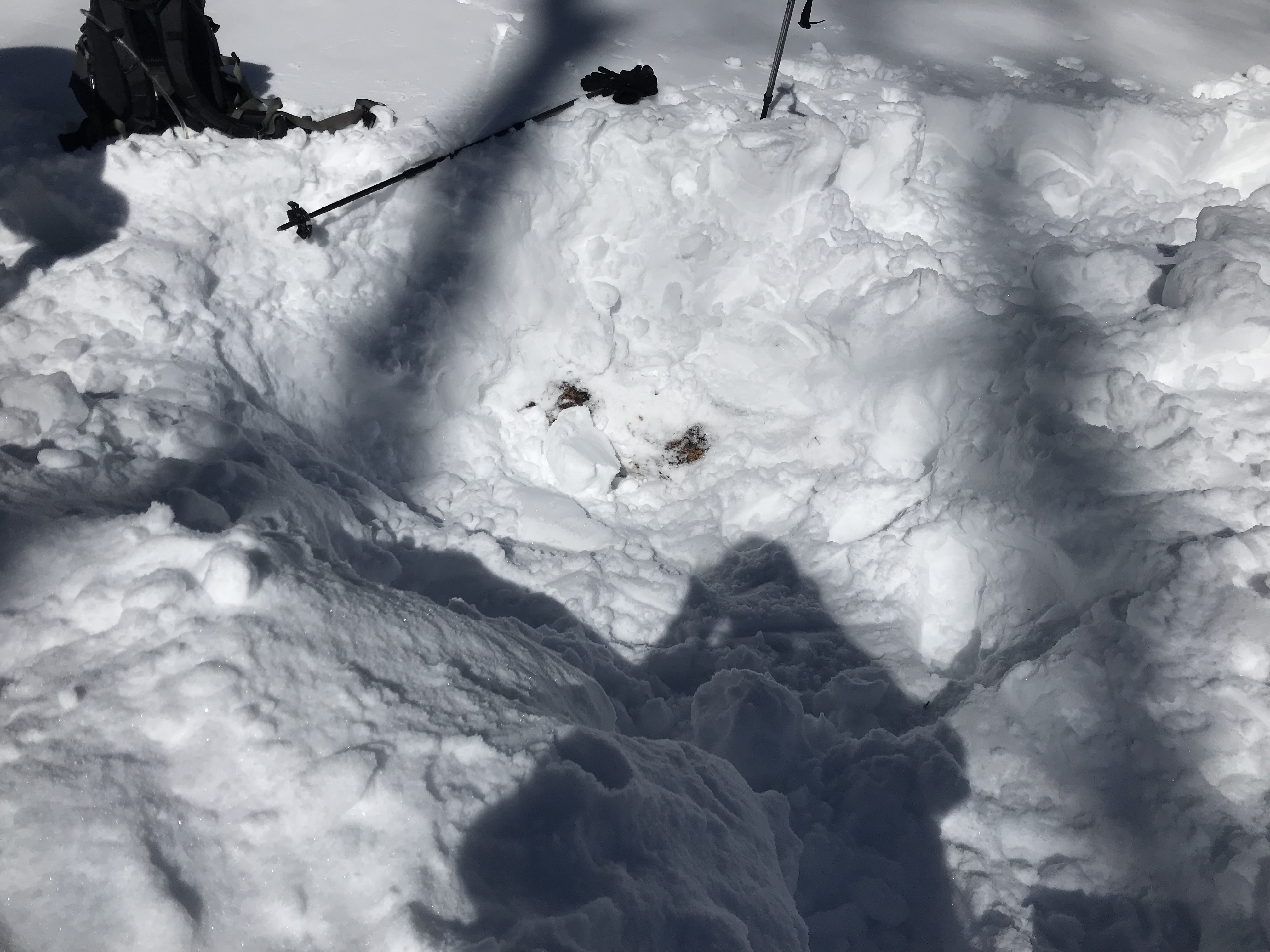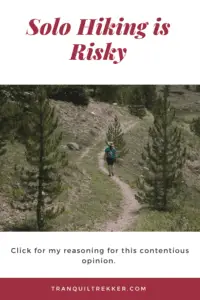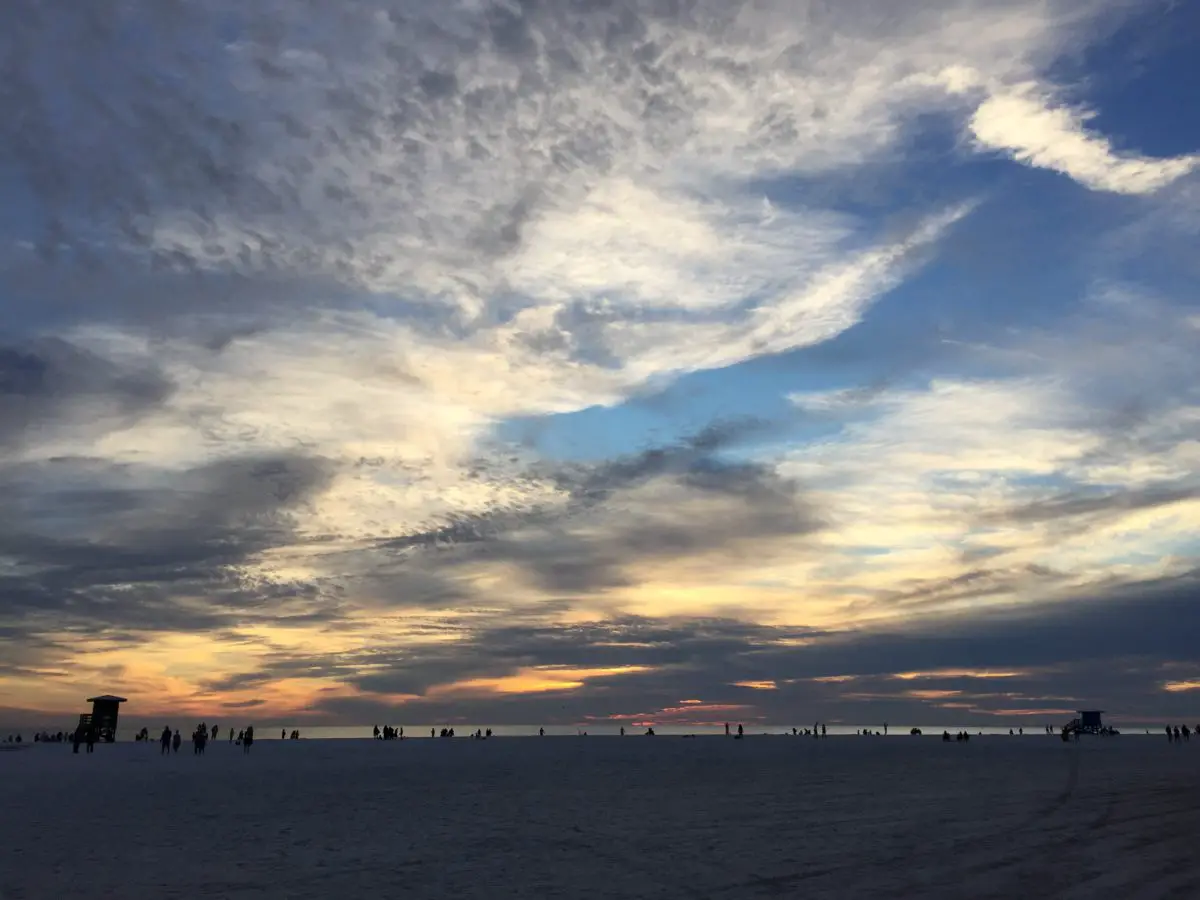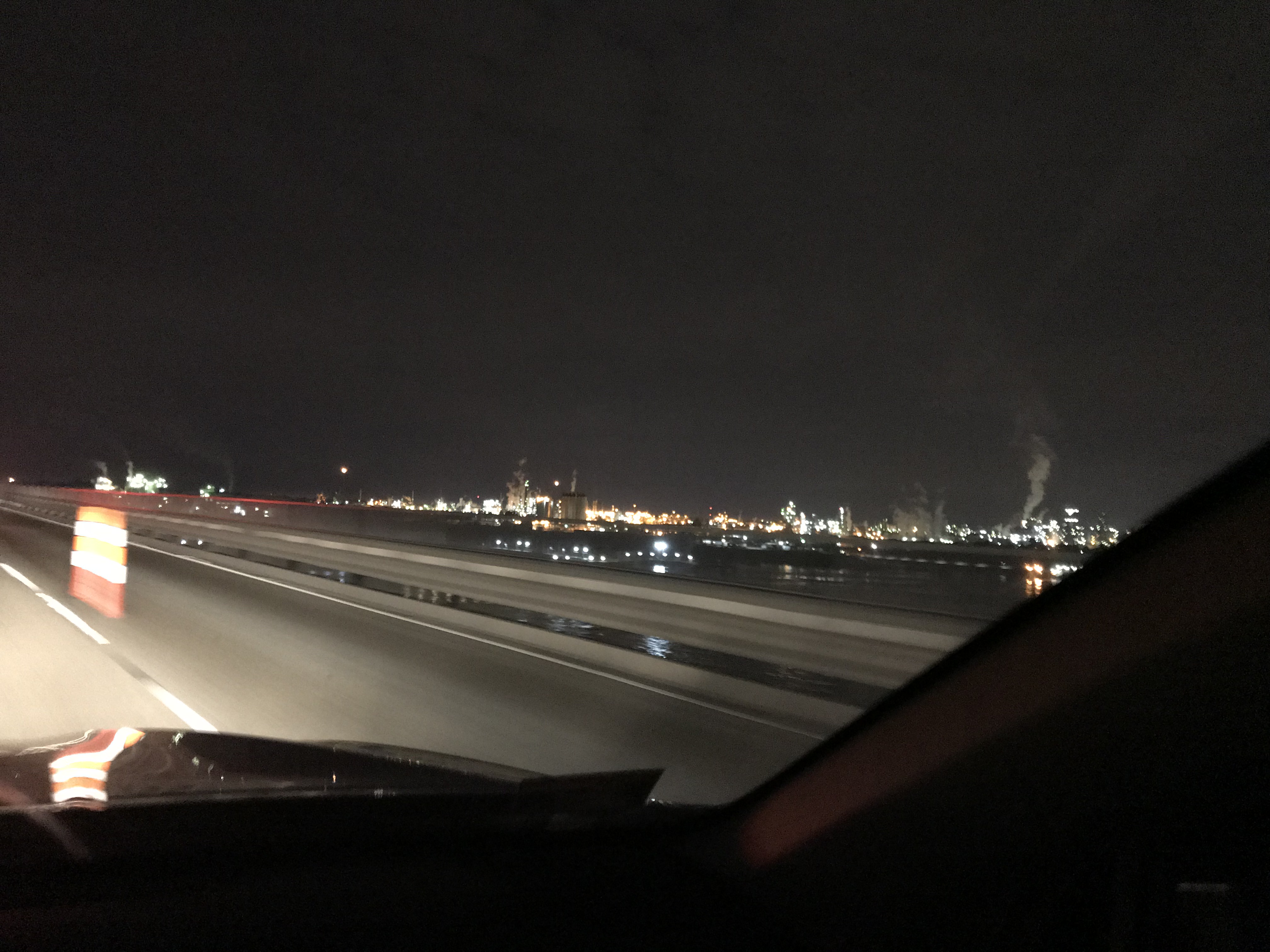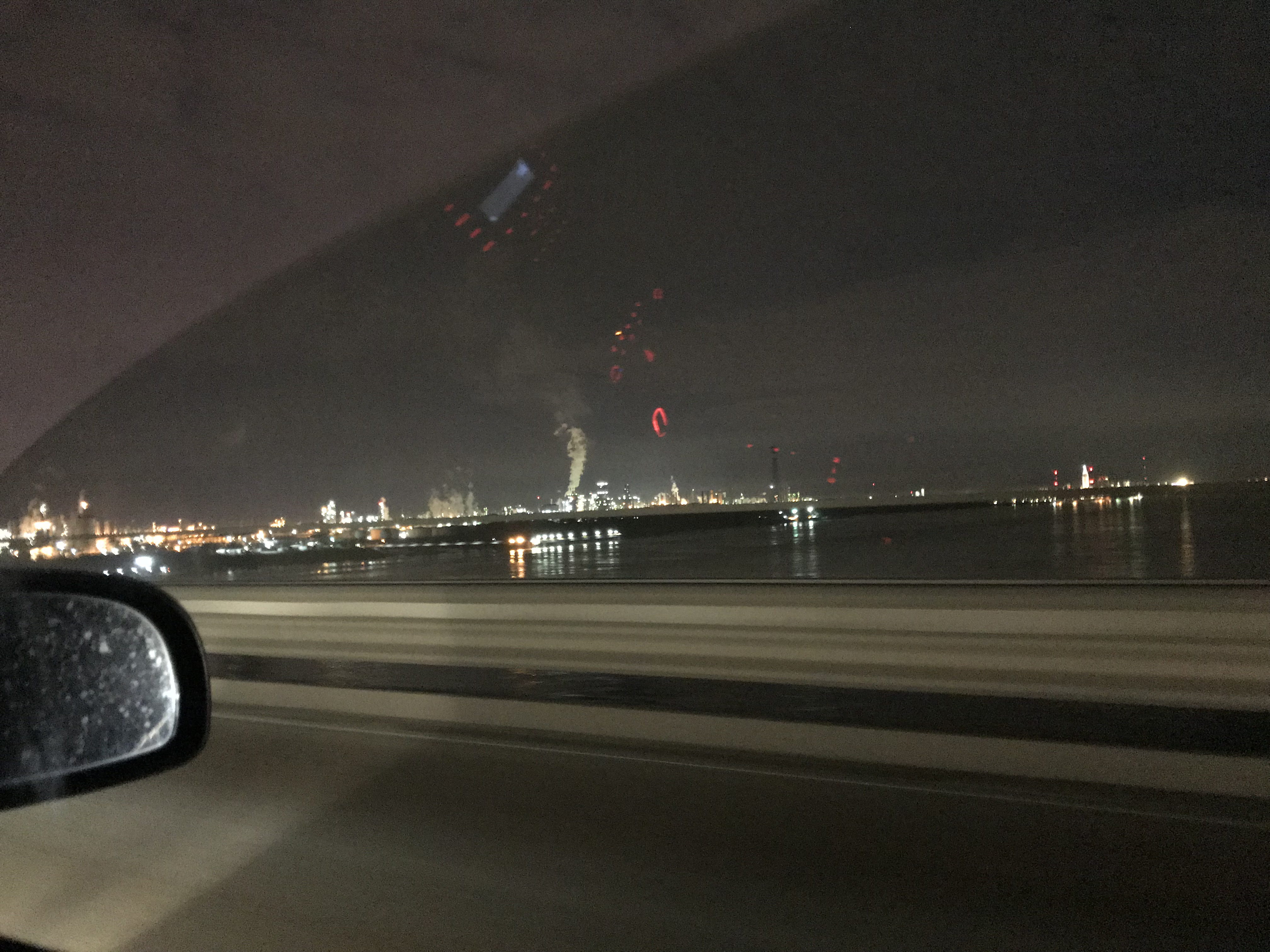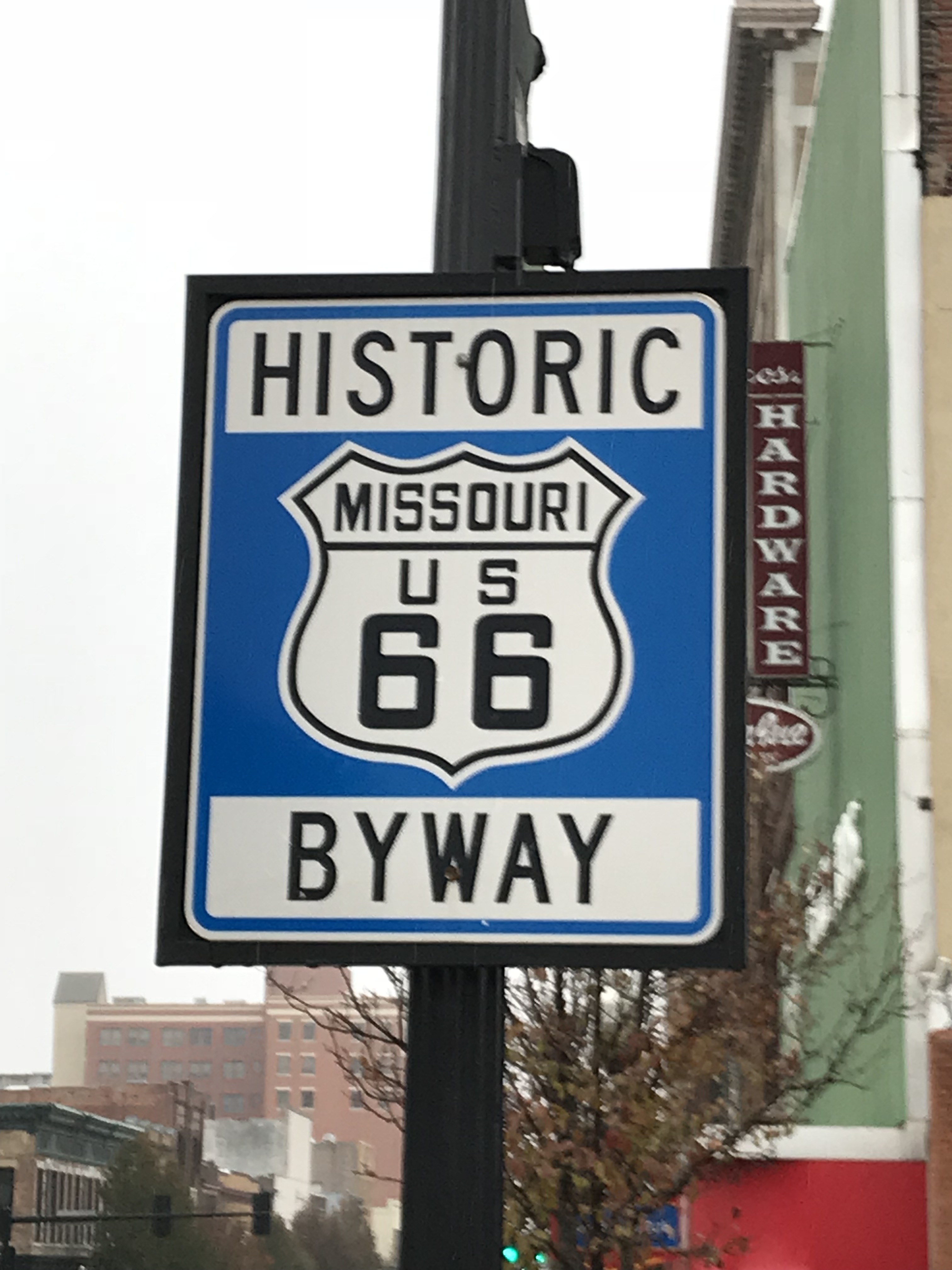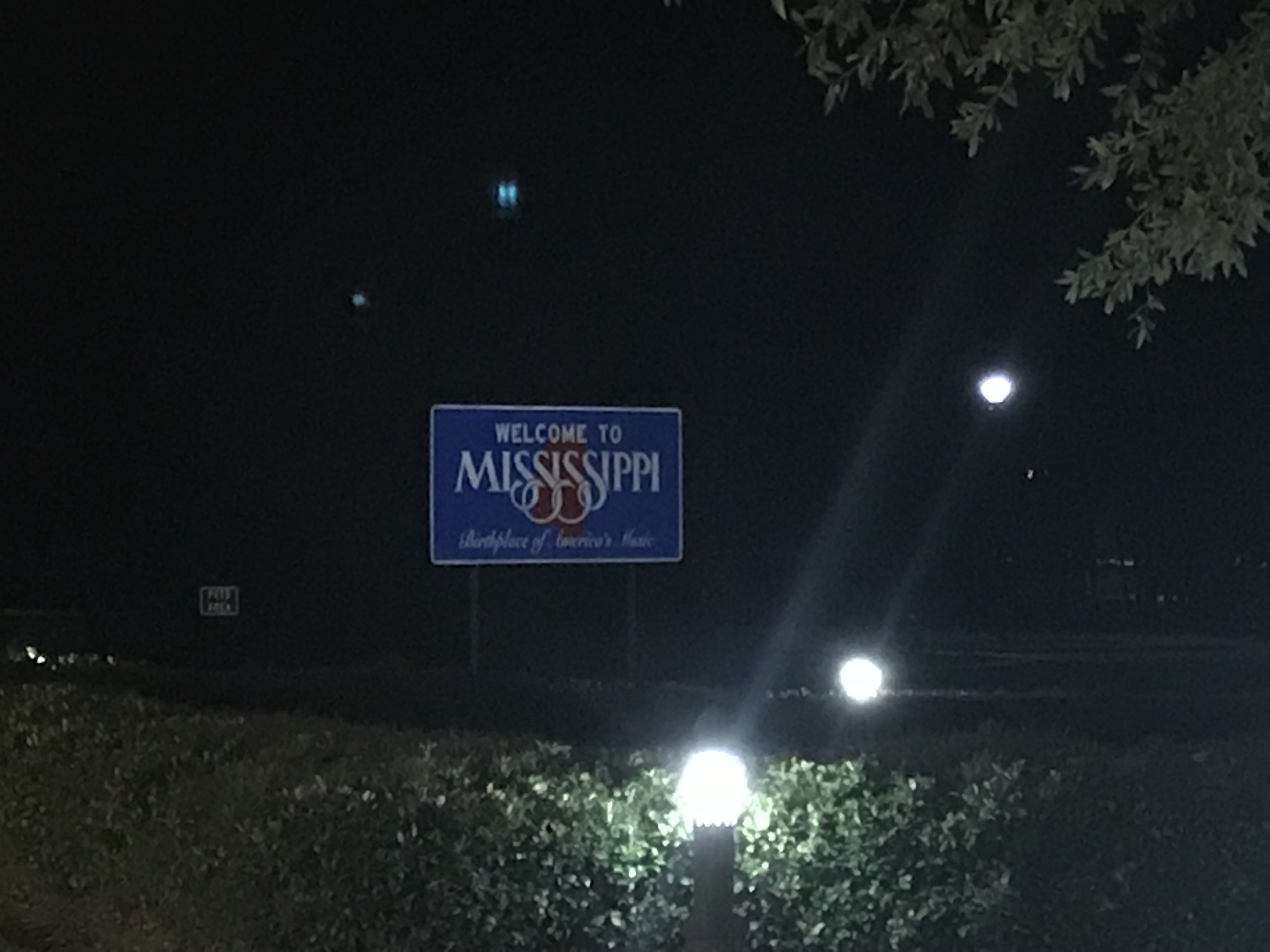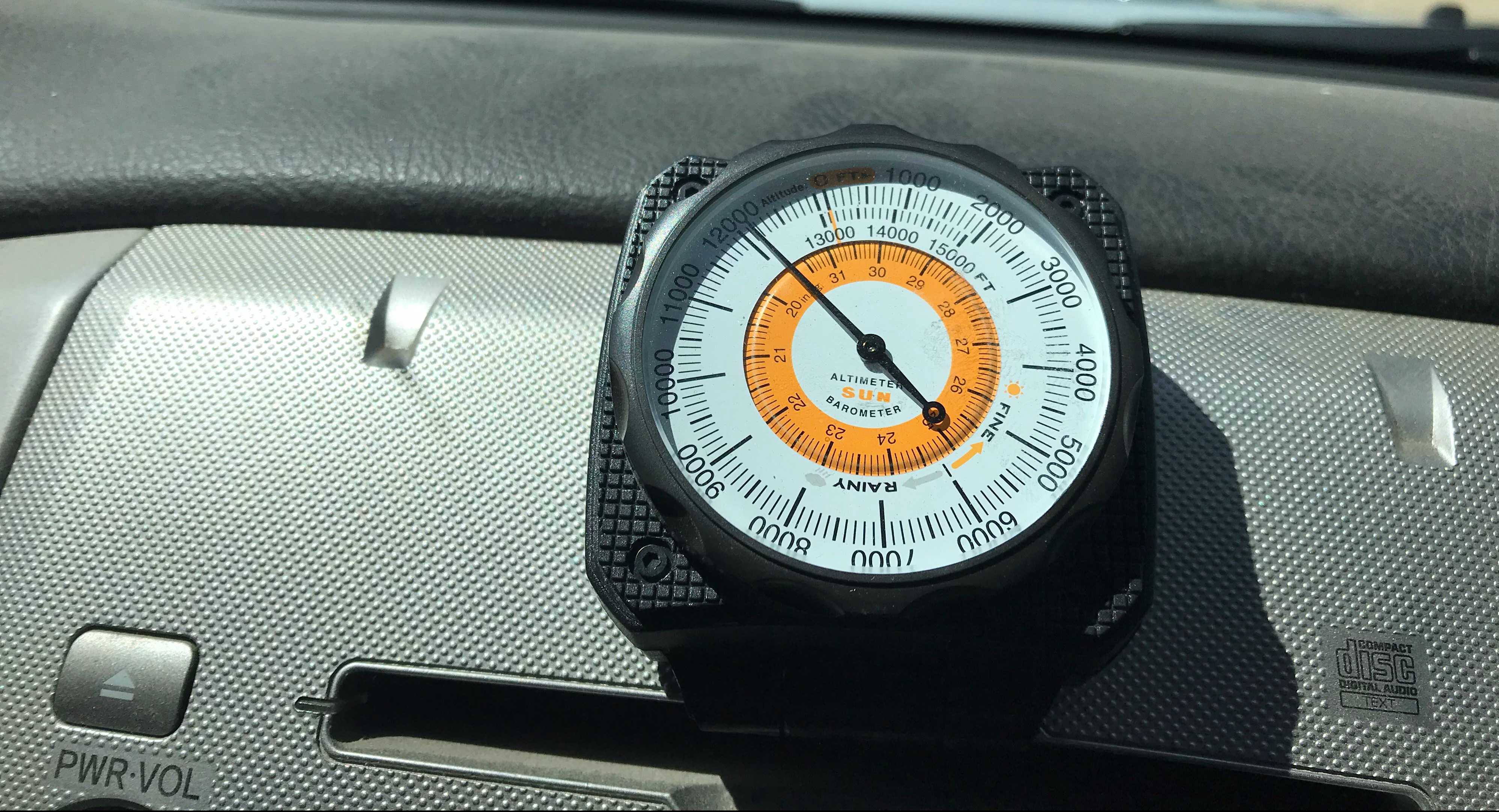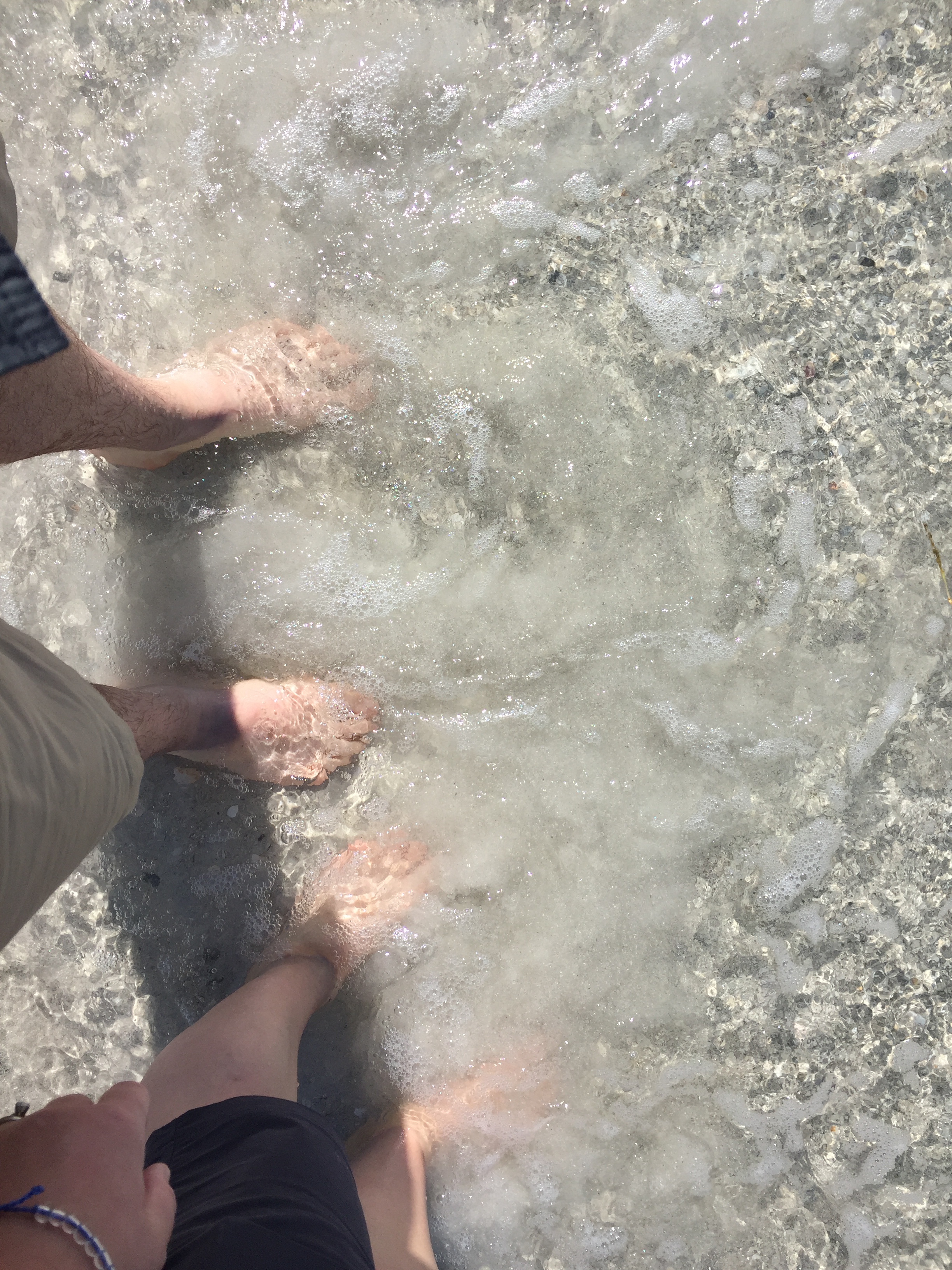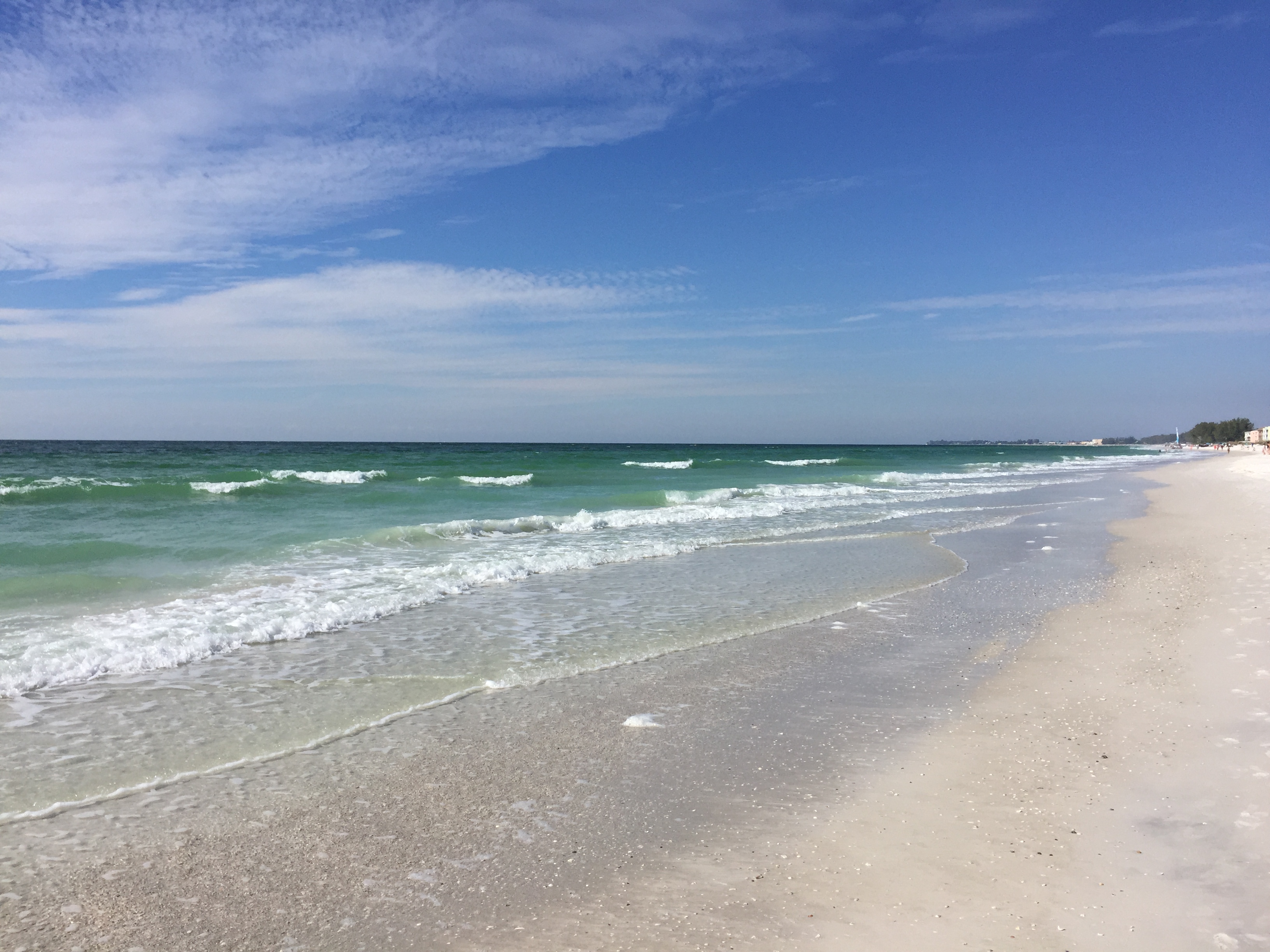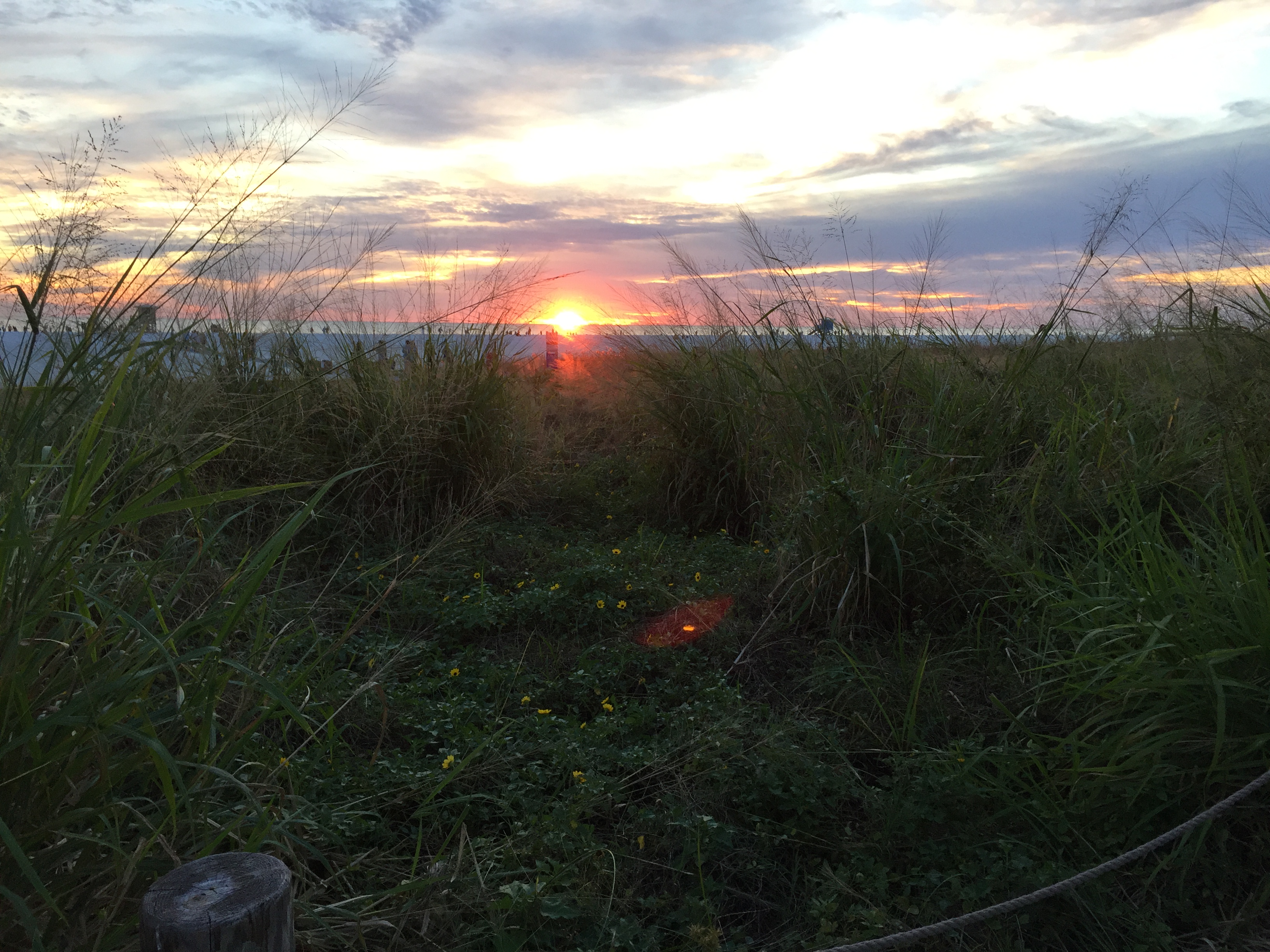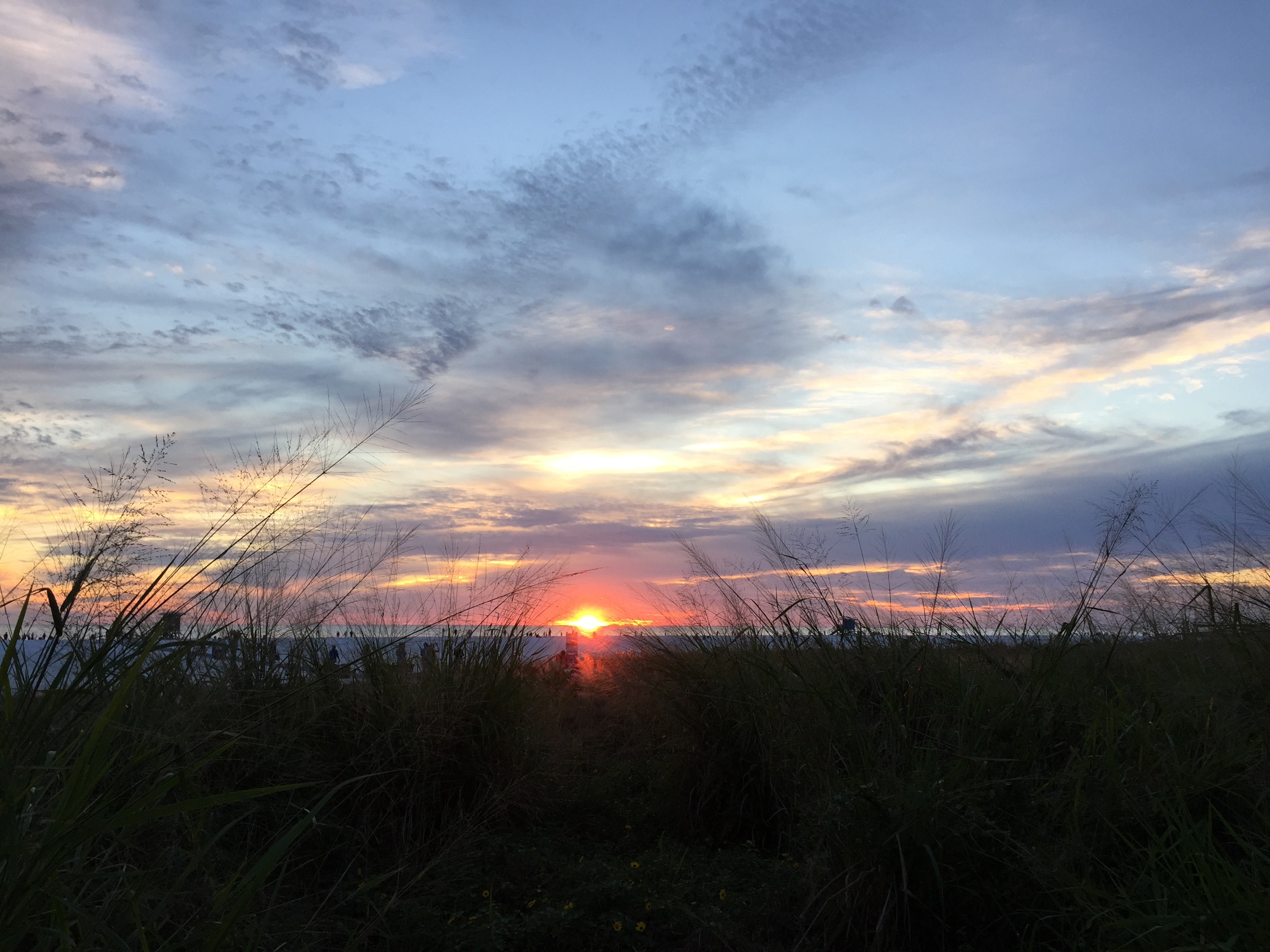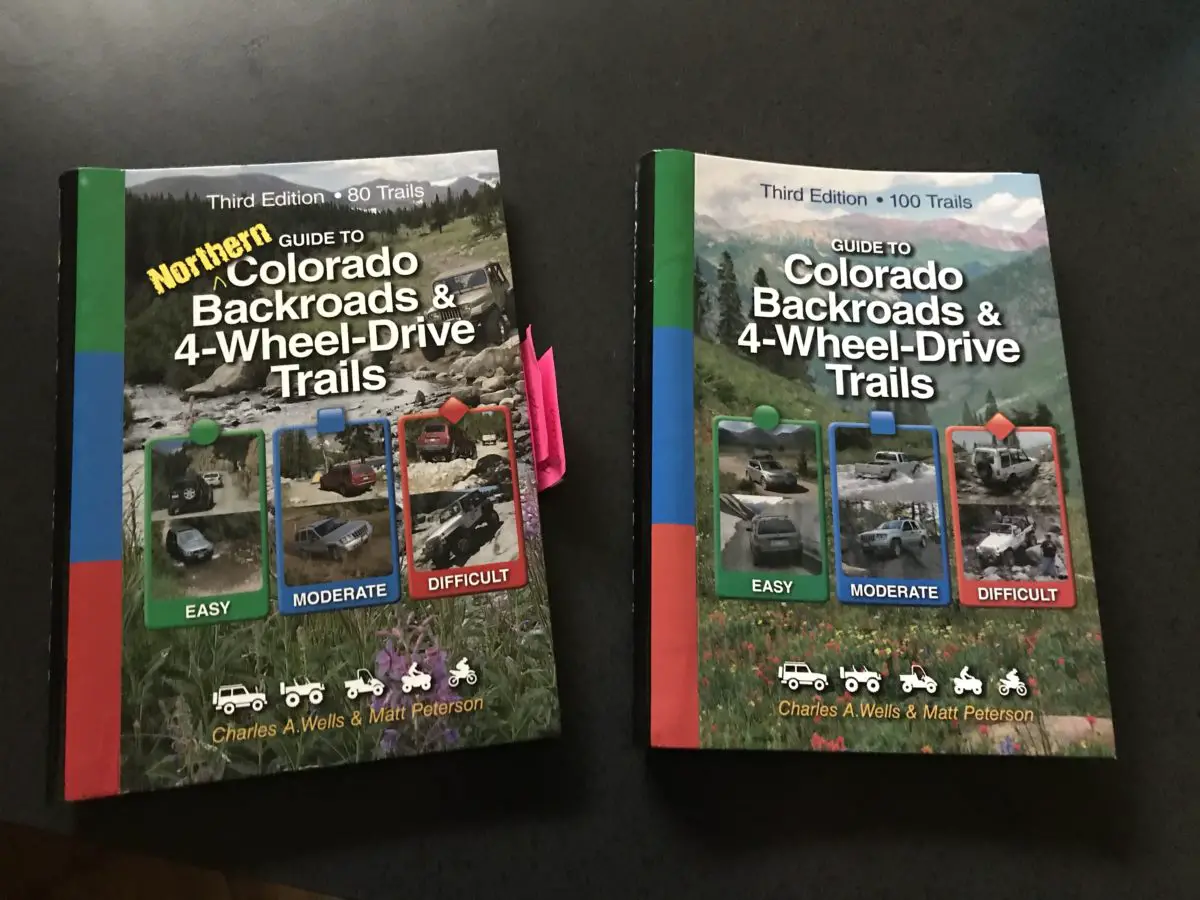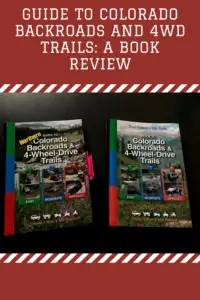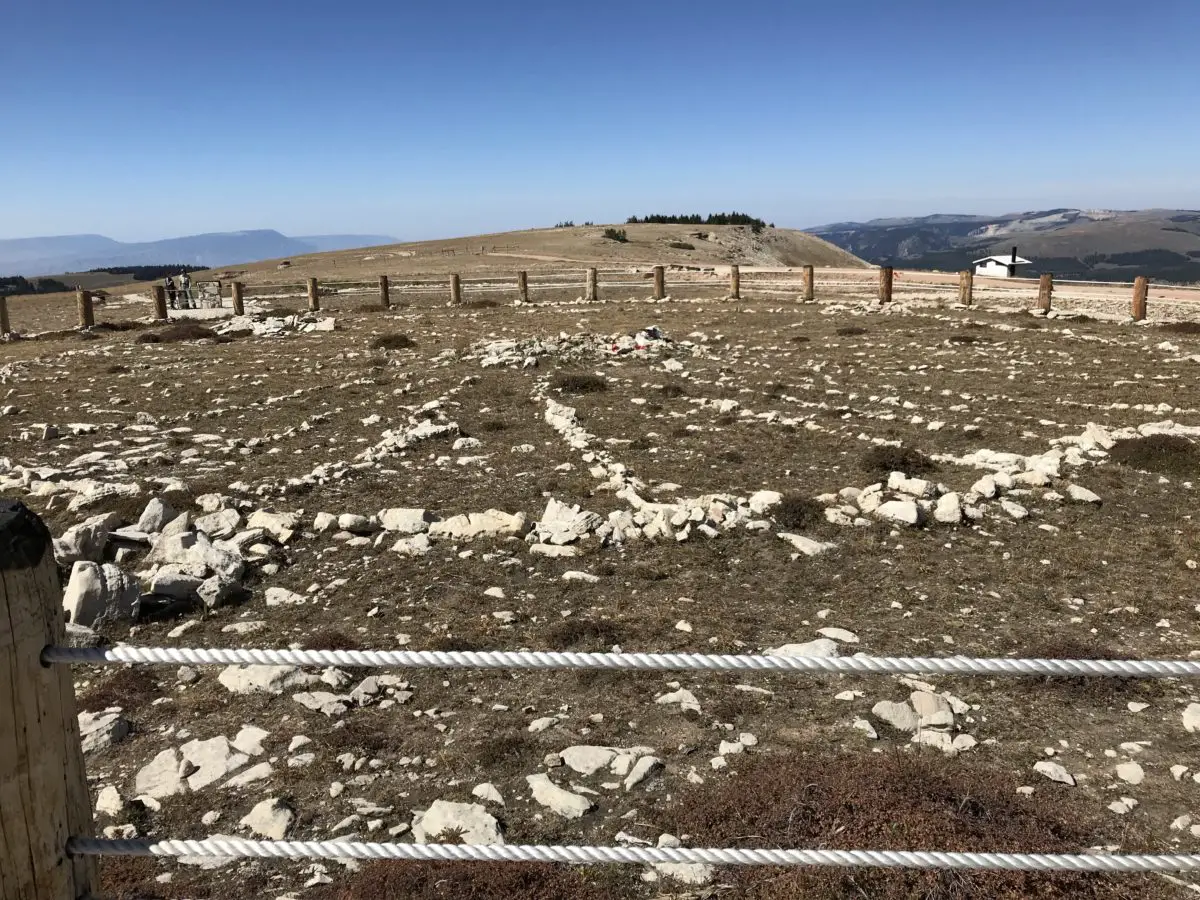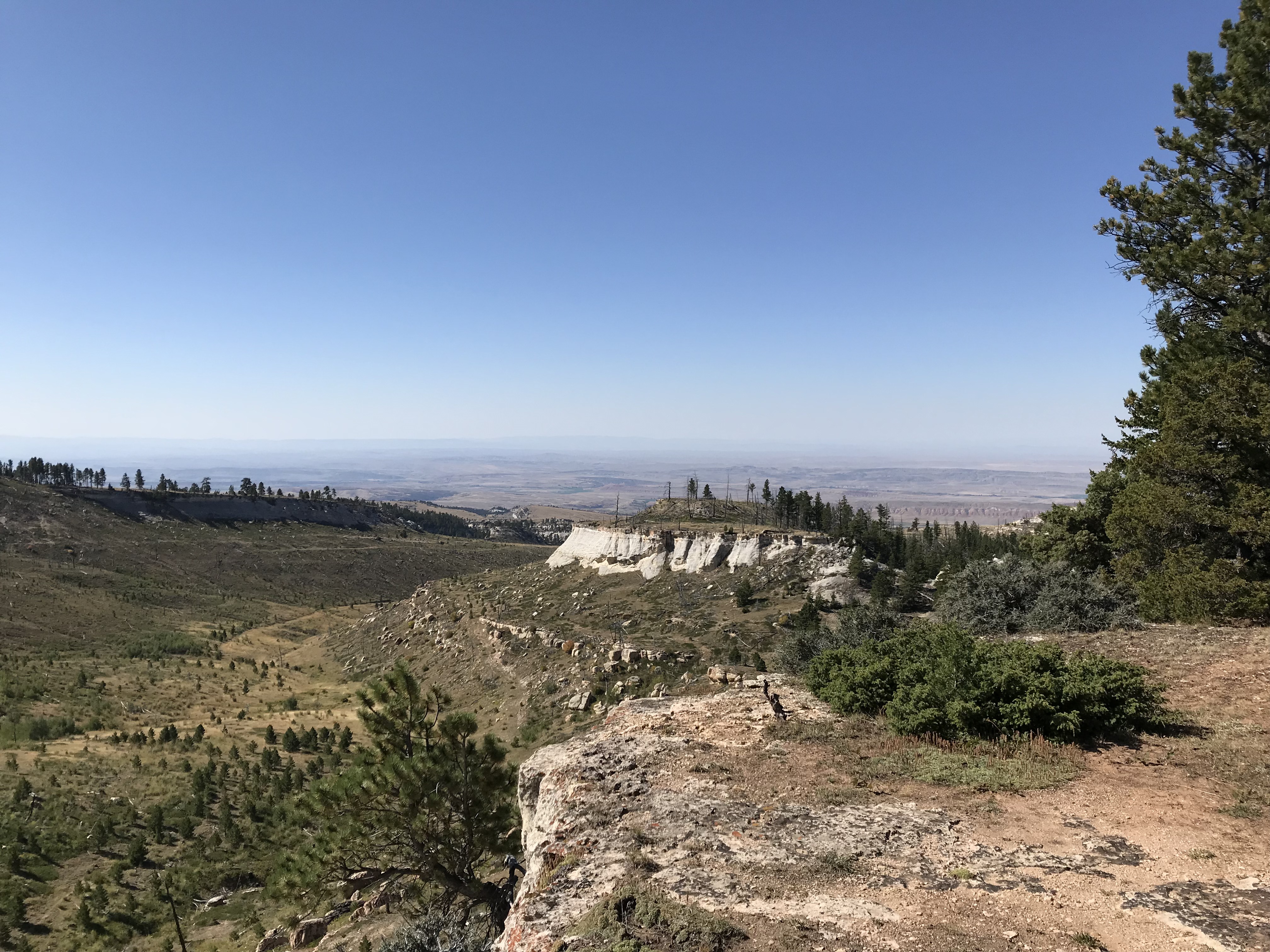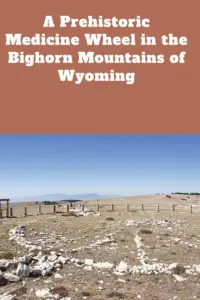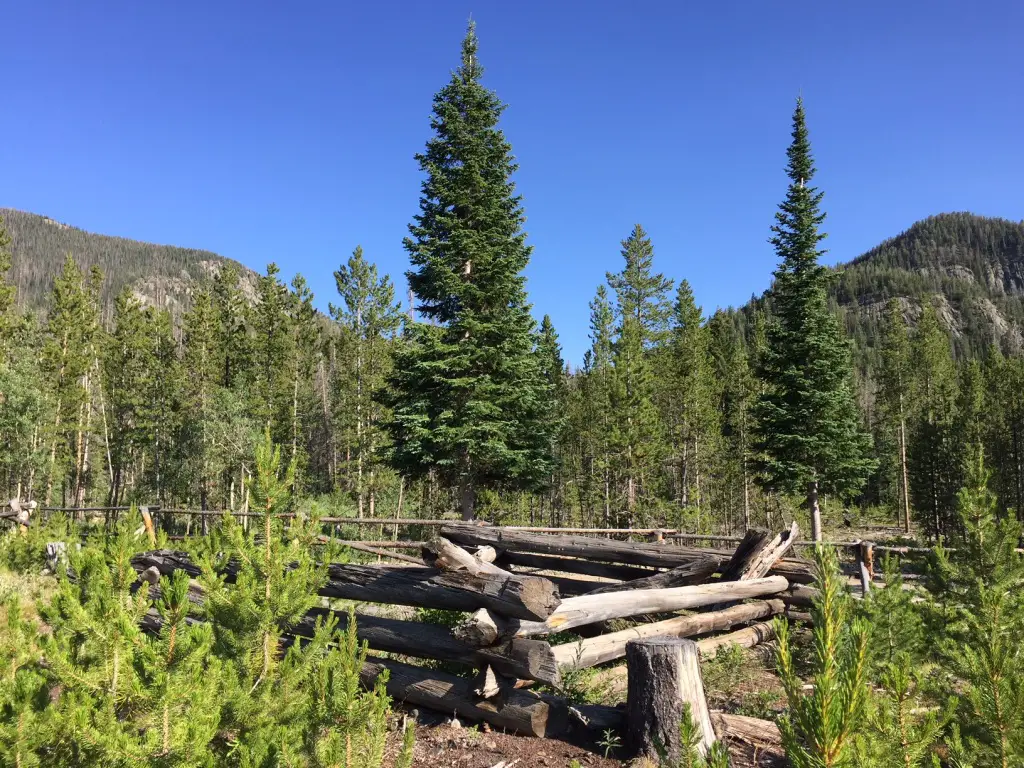Many people (myself included) enjoy long road trips. Those inevitably involve stopping at rest stops in all corners of the country. Since the Trekkers enjoy these types of adventures so much, we’ve experienced our fair share of rest areas, as well. I thought it’d be fun to look back on some of the more interesting experiences I’ve had at these little detours, in various parts of the US, and the world.
I’ve experienced rest stops in almost every state in the country (as well as a few in Canada and South America) so I’ve seen a wide range of them. Below are some of the more notable ones:
Not-so-nice Rest Areas
Most of the rest stops in many states (such as Wyoming, Montana, many in the Northeast and those along the Eastern Seaboard) kinda suck, unless you’re lucky enough to stumble on a newer Welcome Center. Most are pretty old-school, they look like they date back to the 1980s. Many have a few toilets and a sketchy-looking drinking fountain, and that’s about it. Sometimes you’ll be lucky enough to find one with a 1980’s-era vending machine as well!
Which reminds me…does anyone else remember when you could get a 20 oz soda out of a vending machine for $1?! Or is that just me? Am I dating myself? 😛 Anyway, I digress…
Mule-Creek Junction near Lusk, Wyoming
One of the most unique rest area experiences I’ve had was near a tiny little town called Lusk, Wyoming. About 50 miles north of town there is a place called “Mule Creek Junction”. Here…there isn’t much. US 18 and US 85 meet at a T-intersection…and that’s about it. That and the rest stop are the only things of note for miles around (the local cattle notwithstanding). 😛
To set the scene, this facility sits in the middle of the least populated county, in the least populated state, in the continental United States. It’s a BEAUTIFUL area, but there ain’t much there folks! (Though it is a prime place for storm chasing. 😇)
Needless to say, this is one of the few toilets in the vicinity, so by the time you get there, it is sometimes urgently needed. 😋 You can imagine my dismay when I had a compelling need for the services this locale offers on a trip to Colorado, and upon entering the building I noticed a sign that clearly stated, “water is for drinking and bathing”…I thought, “uh oh!” Welcome to the world of “composting toilets” kids! 😝😳🙄
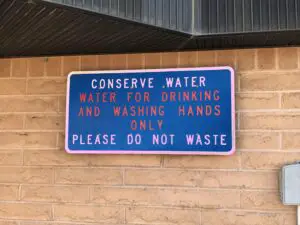
To be fair, they really aren’t that bad. The building at the rest stop looks just like any of the others in the state (many of these do have real toilets). The toilets themselves even look fairly normal, except you don’t flush, the contents of the bowl just go into a pit-like hole–it is FAR more pleasant than a pit toilet, though. The smell is usually fine too, except on really hot days when you may catch a whiff of “something” in the air.
This part of Wyoming is pretty arid, so I applaud the creators of this site for “going green” and using resources wisely…but yeah, now that we know what we’re getting into, we try to hold out for the “real” toilets, at the rest stop in Lusk, that’s about 50 miles down the road. 😛
Closed Rest Stops
Then there was the time we were driving up I-85 in Virginia, heading north from the southern state line. We used to live in Raleigh, North Carolina, so when we’d trek northward to visit Mr. Trekker’s family in the Northeast, this was always a good time to stop for a break.
One year, there were some budgetary issues occurring with that fair state, and due to this, almost EVERY SINGLE rest stop on that route was CLOSED…and they didn’t bother to post any sort of warning about this, I might add. Yeah, there were some very “un-tranquil” words coming out of my mouth that day! 😛 (I am not responsible for what I say when I’m stuck in a car with a full bladder. 😋)
Nice Rest Stops
Turnpike Rest Areas
In contrast, some of the nicest stops I’ve seen are on the Indiana and Ohio Turnpikes (otherwise known as the 80/90 Toll Road. ) To be clear, you have to go to the new ones, on the eastern side of Indiana and throughout Ohio. The old ones, on the western side of Indiana, belong in the category above. 😛
The new ones are lovely though! Bright, large, and clean they offer a variety of shops and services, including super easy access to gas. (Of course, this requires you to pay both the tolls to use the road, as well as the higher gas prices that are inevitably found at the toll plazas. So “pick your poison” I suppose. 😛)
Skyway Rest Area
In Illinois, there are some cool, “Skyway” rest areas. Whoever invented these was brilliant. These are nice places that offer a variety of shops and food services that span the highway like a bridge. This allows people traveling both directions to use the same facilities, and they use space efficiently–absolutely genius! Just be aware, you can get a little dizzy watching the traffic speed along on the highway below you…🤢
Salt-Kettle Rest Area
This rest stop is also in Illinois. It is a Welcome Center and is found on I-74 westbound as you first come into Illinois from Indiana. It is probably one of the nicest rest areas we’ve ever been to! There isn’t anything overly exciting about the building per se, but the outside attractions are WONDERFUL!
The green space is large, shaded, and includes picnic tables, a playground, a pond (complete with a fountain) and even a short hiking trail to a historical cemetery! There were even people fishing as we walked around the pond (can’t say I’ve ever seen this at a rest stop before!)
Squatters!
By far, the most unique rest stop I have ever experienced was a “squatter” in South America. This should go under the “not-so-nice” heading, but it was such a memorable experience, it deserves its own category! 😋
Shortly after graduating from high school, in 2001, I and other members of my church’s youth group went on a mission trip to Peru. We were traveling from the bustling, capital city of Lima, to a tiny town in the INCREDIBLY beautiful Andes Mountains (this was the first time I ever experienced “big” mountains folks, and I caught the bug!)
We were quickly ascending to very high elevations, and altitude sickness was a real concern (especially for a group of American flatlanders from Indiana!) So, our guides had us guzzling a special herbal tea in attempts to prevent the condition.
I have since learned this was likely Coca Tea, used from the same leaf they use to make cocaine…note, the leaves are prepared differently and none of us “got high”, but oh, if only our leaders–or parents–had known! 😂🙃
The good news, the tea worked for most of us. The bad news…drinking large amounts of liquids leads to other “needs”. So, we stopped at a nearby “rest area”. I walked into the little shanty and couldn’t help thinking, “Toto, we aren’t in Kansas anymore!” 😮
A “squatter” is exactly what it sounds like. It’s a tiny hut or shed, that hangs over the edge of a hill, or cliff. There’s a hole cut in the floor that your “product” falls through onto the dirt and rocks below. If you’re a woman or are otherwise unable to pee standing up, you “squat”, and balance over the hole.
Other than my lack of coordination that hinders my every step 😋, that part wasn’t so bad. The pièce de résistance of the whole shebang was that–in order to balance yourself–you have to brace against the shed walls.
I don’t know what was on them, it was too dark to see…moss or algae perhaps? Sure, let’s go with that!
All I know was, whatever I was touching was SLIMY! 🤢 Needless to say, the next time we stopped, we were all happy to use the outdoor toilet that basically involved us just openly peeing off the side of a cliff. 😆
I experienced my first mountain, shelf road on that trip, as well. Have you ever seen any of these “dangerous roads” documentaries? It was something like that. We were riding in a bus with LARGE windows which allowed us to fully enjoy all the beautiful scenery…including the 1000+ foot drop–and no guardrail!–that began mere inches from the tires on the bus we were riding. Why do I ALWAYS end up in the window seat in these situations?! 😛
Roadside Tables
One rest stop activity the Trekker’s have come to enjoy is picnic lunches. We’ve found it’s quite relaxing to pull out some lunchmeat at the many facilities rest areas often provide. One site you regularly see in the Great Plains is “roadside tables”. They’re exactly what they sound like, they’re picnic tables that sit along the road. 😁
I wouldn’t stop at all of them. Some sit on unshaded blacktop and look like they would be a prime spot to melt. 😅 Others aren’t always well maintained so I’d be worried you may have some unwanted guests joining you for lunch. I don’t need a mouse, or a SNAKE!, slithering out of the knee-high grass and onto my feet while I’m trying to eat, thank you! 😛
But most of them are quite nice. The facilities are often shaded and many offer scenic views of the surrounding countryside (or at least the nearby cows). 😉 This is a good way to get a break from the car, get some fresh air, and let the kids (both two and four-legged) run around a little bit. (For more tips are traveling with your furry friends, click here!)
We’ve found this method is way more enjoyable and less chaotic than trying to find lunch somewhere, and it’s likely cheaper, quicker, and often healthier, as well. It doesn’t hurt that we often travel in very rural areas where the nearest lunch opportunity could be an hour or more away. These aren’t nearly as convenient in January, however…😱
Some rest areas are pretty unique!
There is a rest stop on I-10, in Mississippi, which doubles as the Mississippi Welcome Center. It is also at the same location as the INFINITY Space Center. This site felt like a unique combination of the “Old South” (imagine large houses with Grecian-style columns on the front porch and moss growing on nearby trees) and the future–there’s a park, next door, with a model of the Lunar Module.
This site will always hold a special place in my heart. It could be because we were suffering from sleep deprivation at the time, 😴 but I think it’s more that it was very charming. It also represented a huge milestone for the Trekkers. This was the place where we could officially confirm we had both been to all of the “Lower 48” US states! 😀
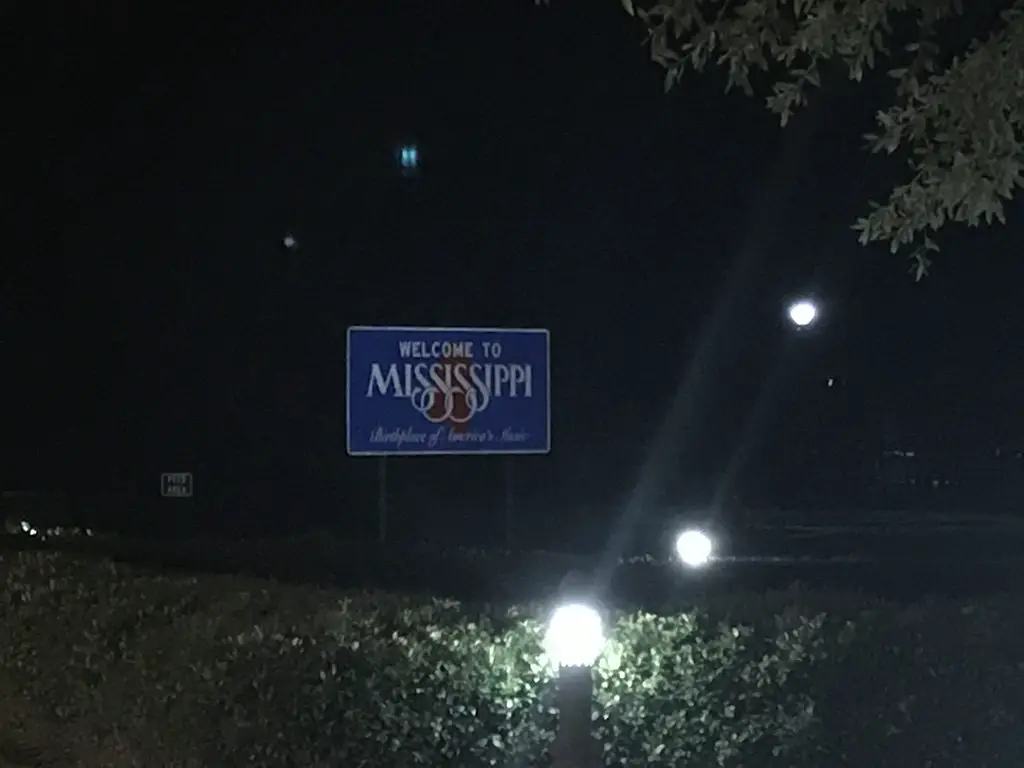
There’s also a cool rest area on I-90 in Chamberlain, South Dakota. We pull off here a lot. A large sculpture called “Dignity” was erected here a few years ago and is quite lovely. It is a statue of an American Indian woman and is meant to honor the culture of the people who first came to this land. This site also offers a Lewis and Clark interpretive exhibit that is open during the summer months. There are also walking trails, one of which allows you fantastic views of the nearby Missouri River.
This area is so unique. If you’re coming from the east, you meander through the farm fields of eastern South Dakota. Then, suddenly, the yawning chasm of the Missouri River opens up before you as the bluffs that characterize western South Dakota beckon you onward (that’s the Trekkers’ home baby!)
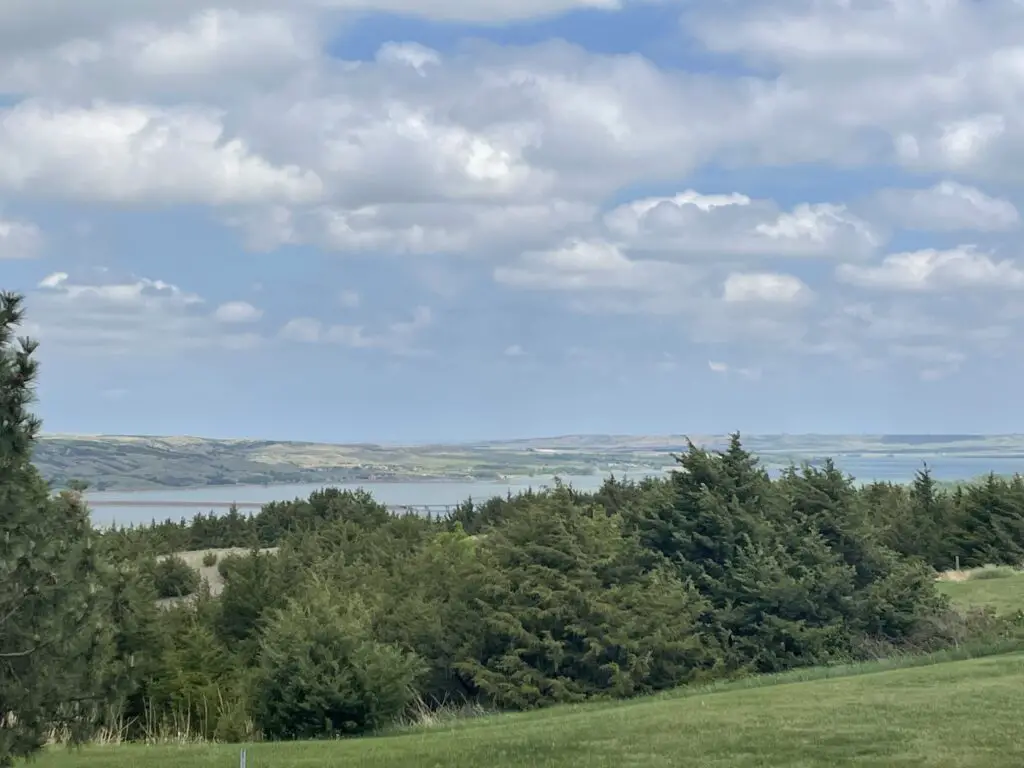
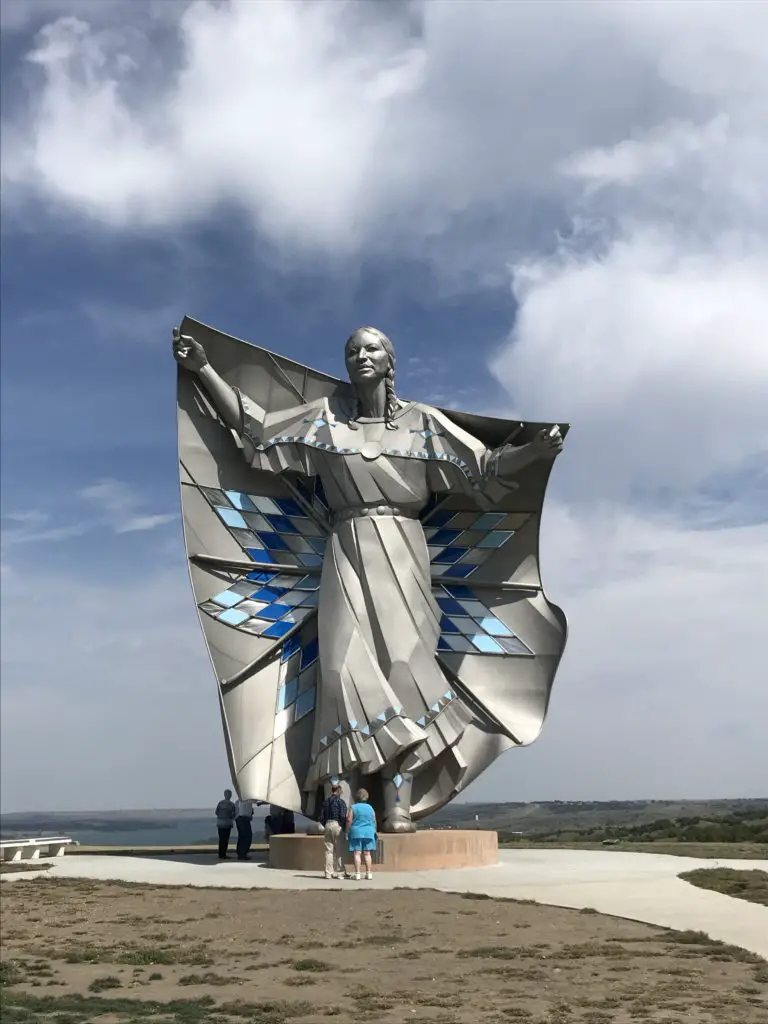
One rest stop we both enjoy in Wyoming is on the outskirts of Greybull. It also features a small, airplane museum. The tiny museum never seems to be open 😛 but you can view most of the planes through the fence that surrounds it.
Love them or hate them, rest stops are a necessary evil on long road trips. They can often be a blessed appearance if only to escape the chaos you’re currently experiencing in the car for a few minutes! So go enjoy the open road, you never know, that side excursion may offer some interesting stories to bring home all on its own!
What unique rest stops have you visited? Let me know in the comments!
Did you enjoy this post? Pin it!
Like what you read here today? Please feel free to leave a comment, like or share this post! Add your email at the bottom of the page, or the sidebar to the right, to be notified when a new post is published. By signing up for the email list, you will also receive a free copy of the Tranquil Trekker’s Top 10 Tips of Trekking Do’s and Don’ts!
You can also follow the blog on social media by clicking the links below!
